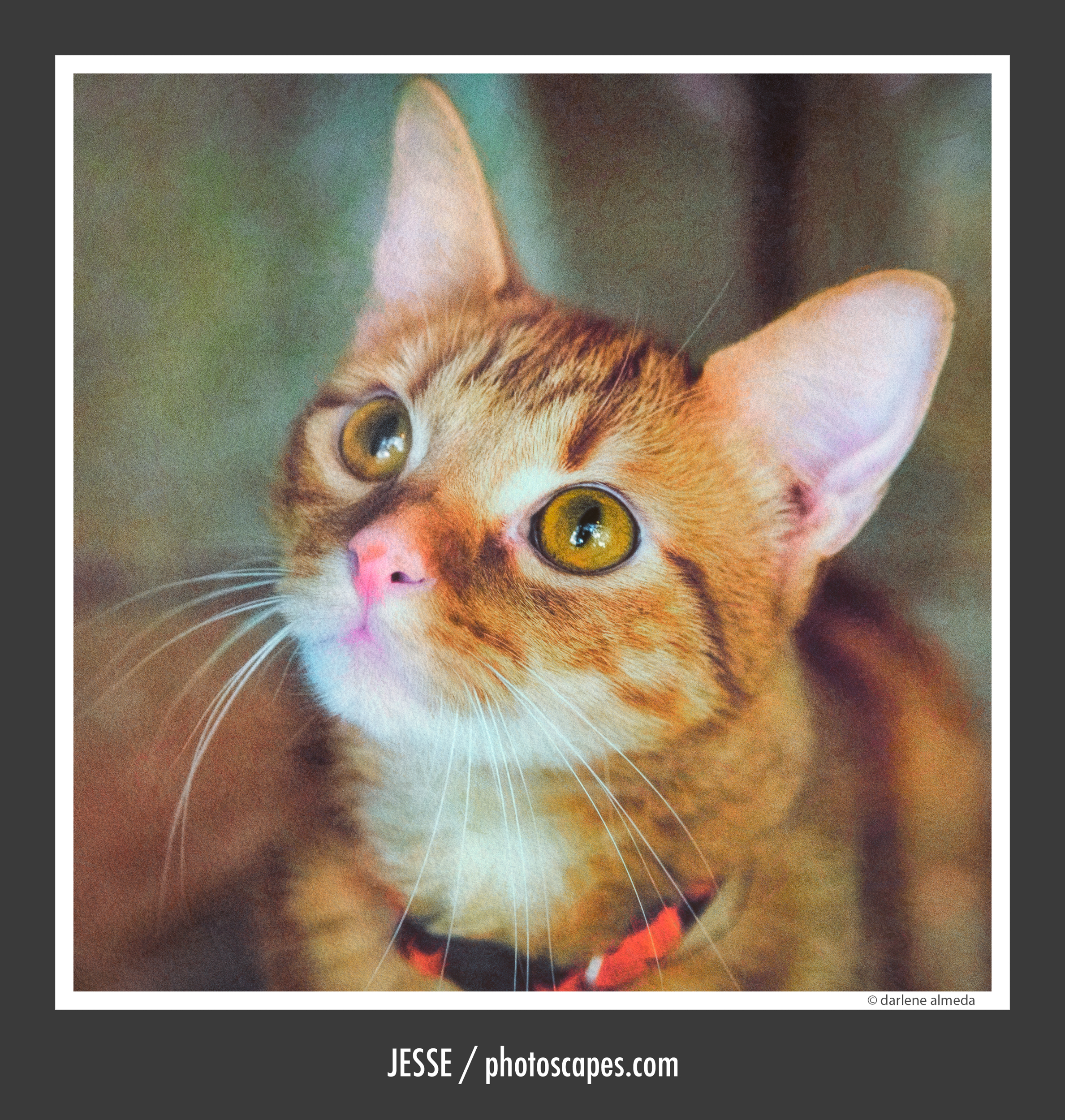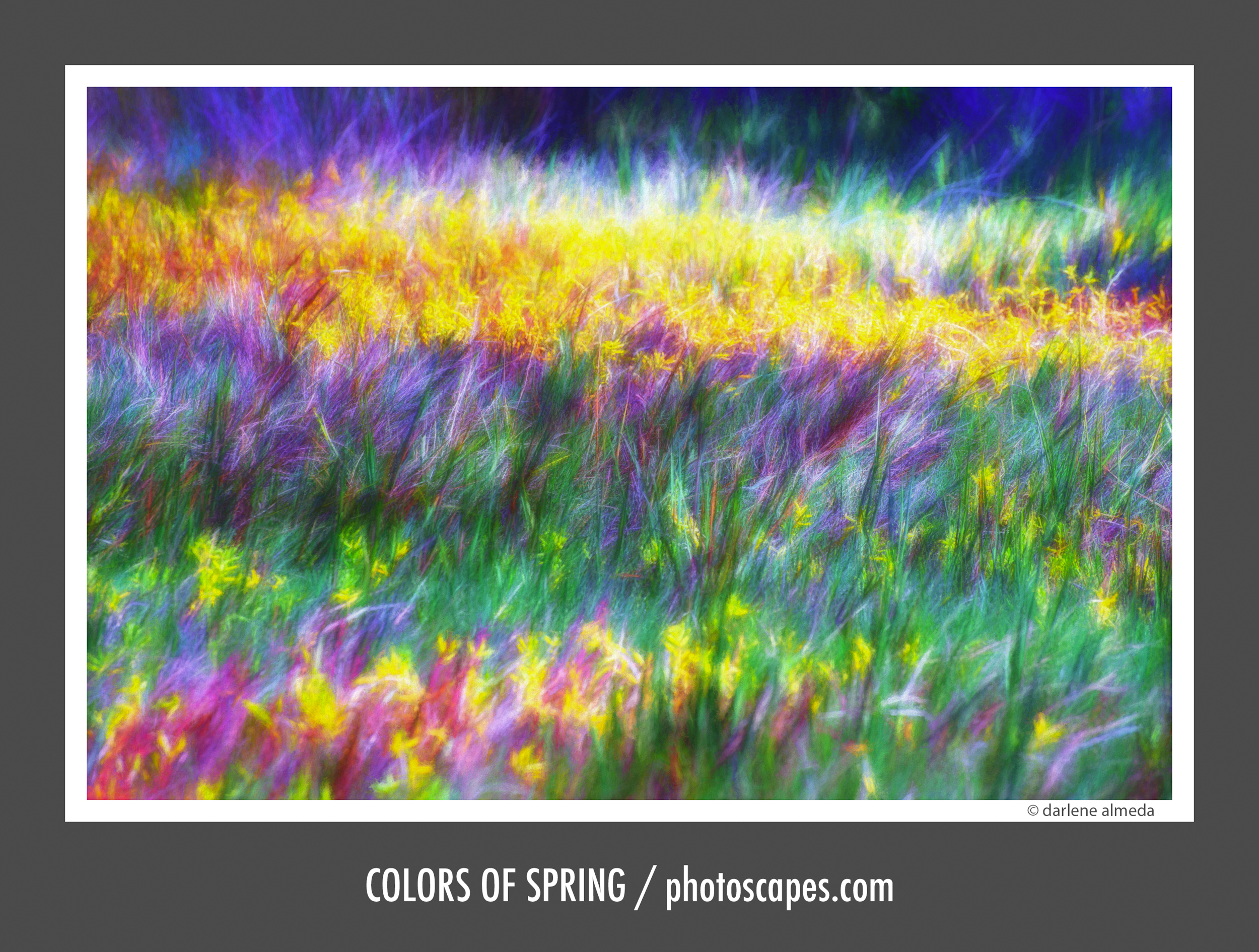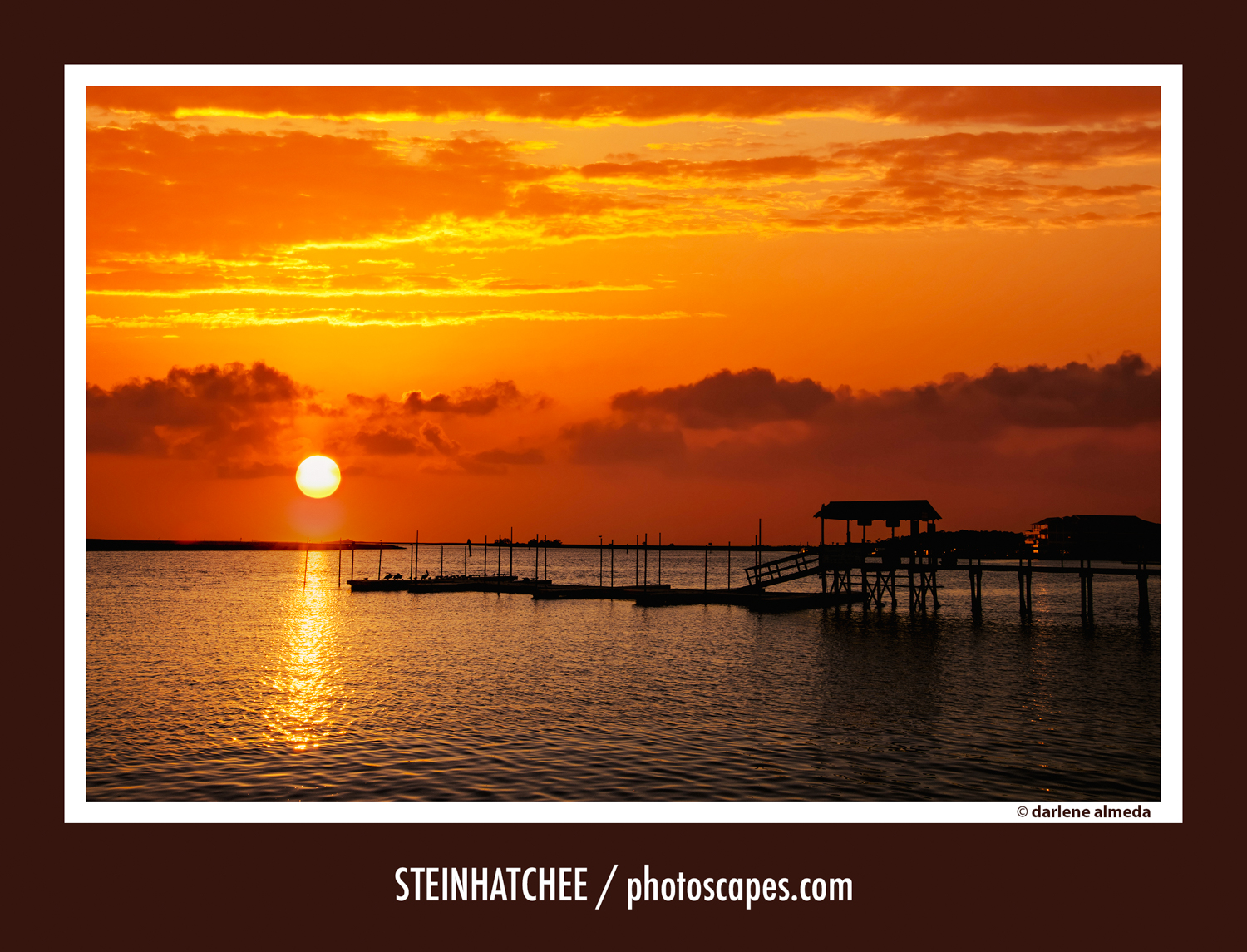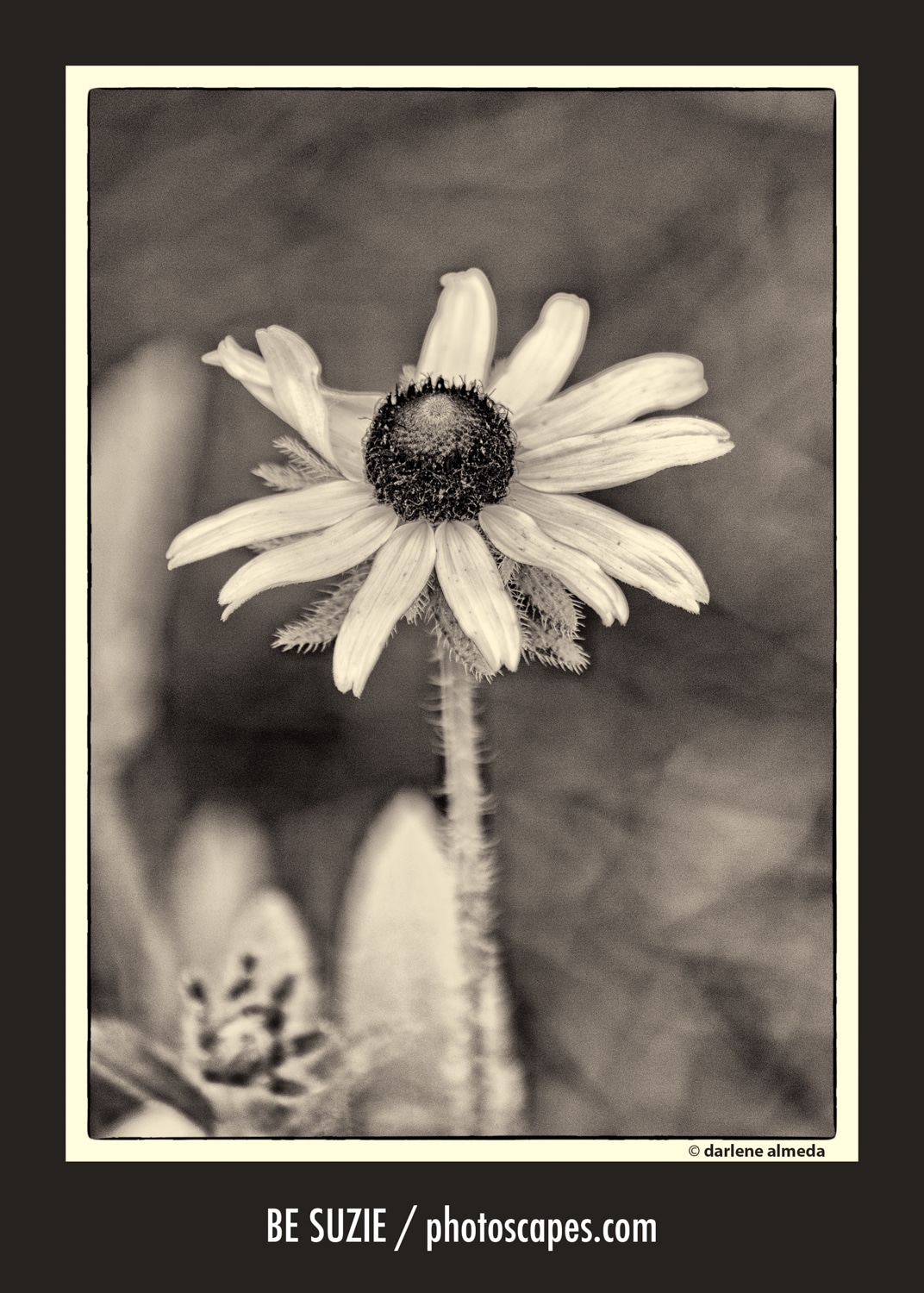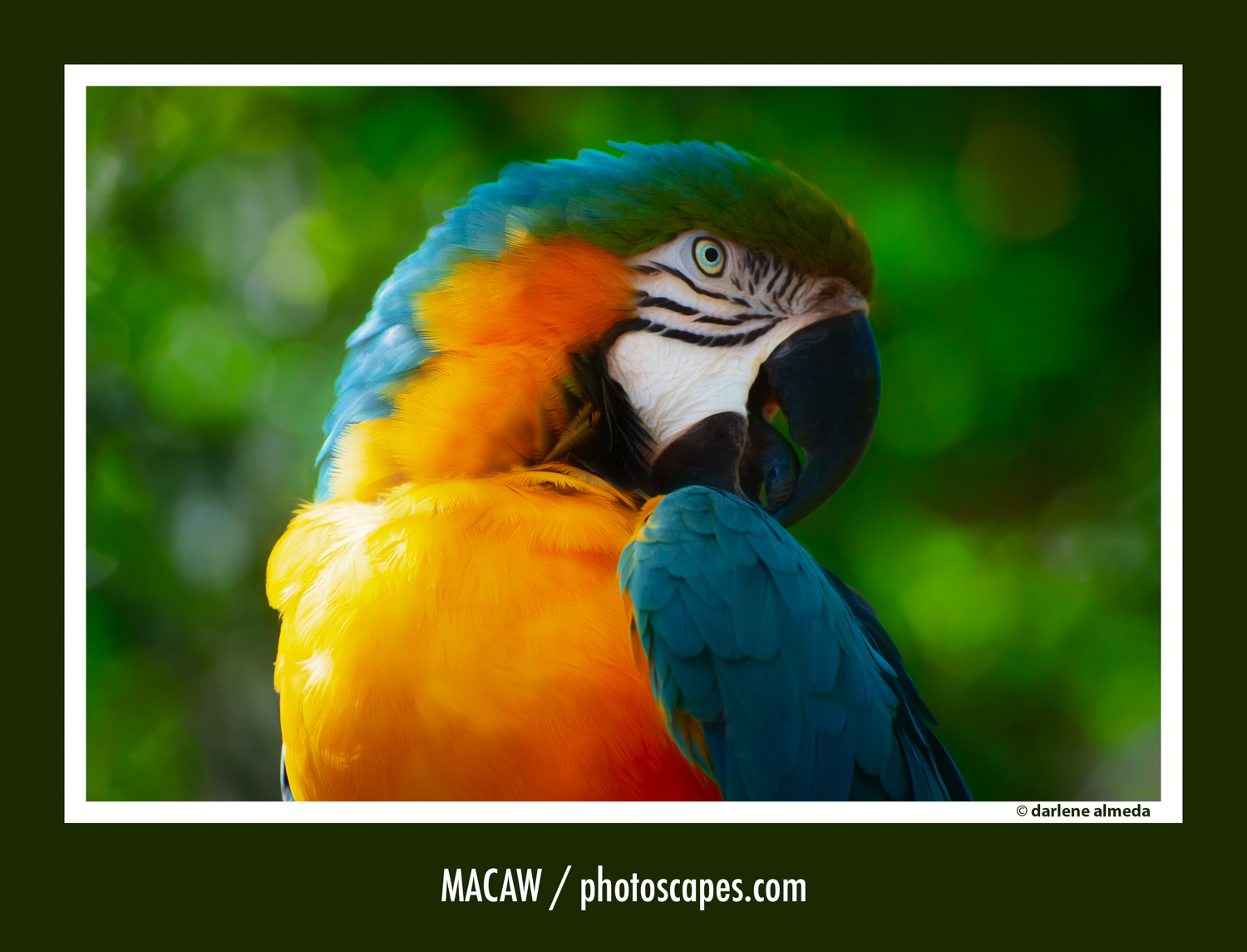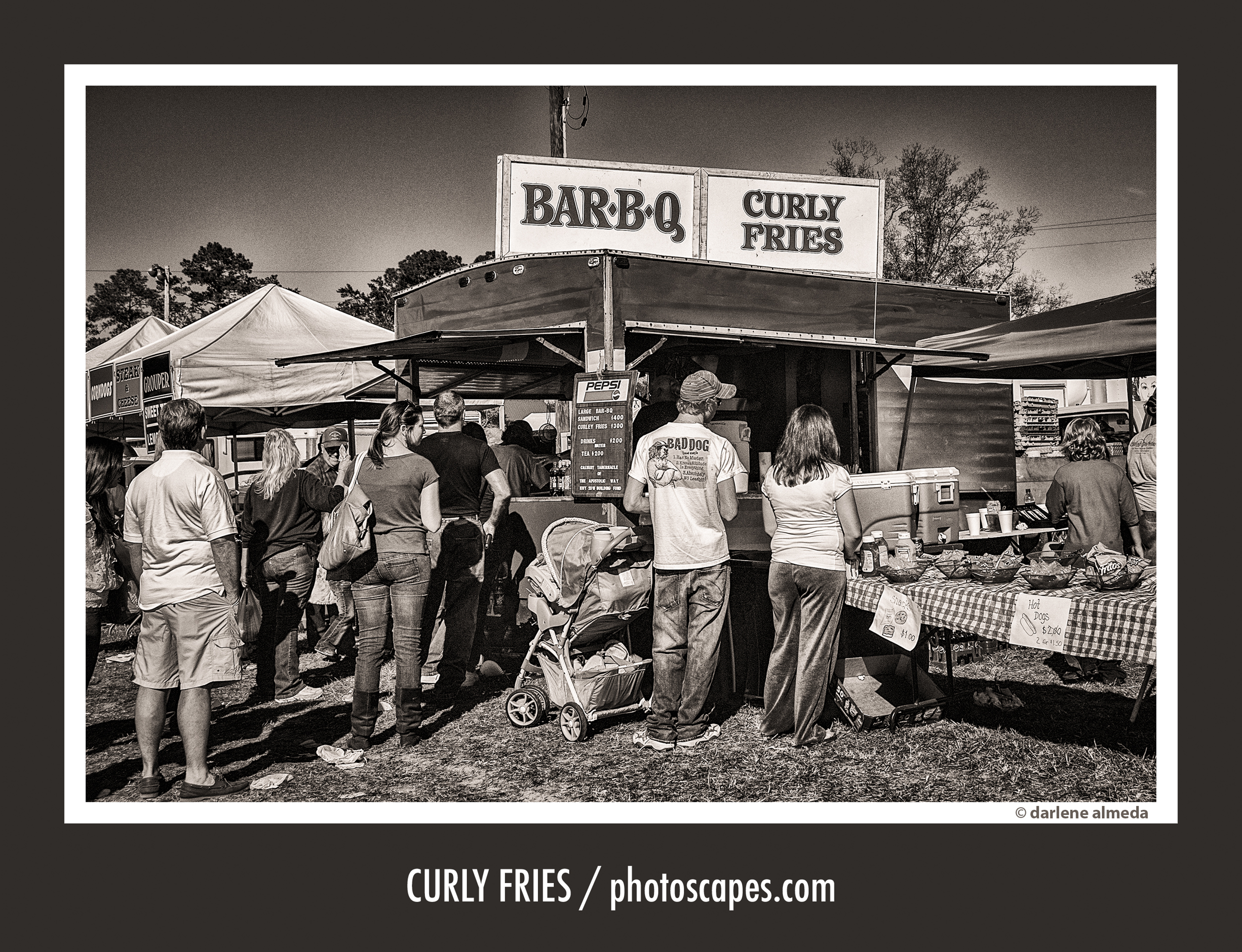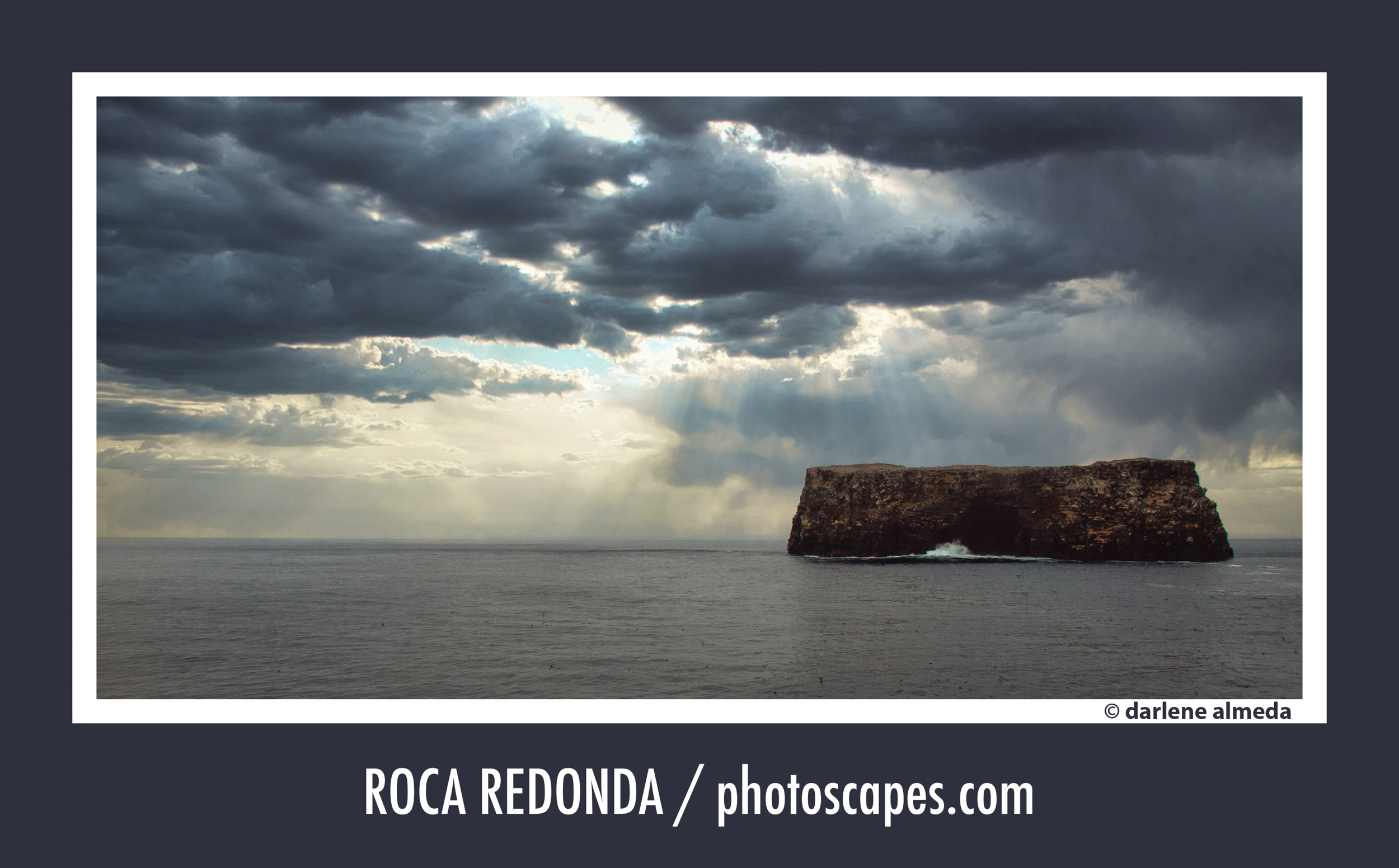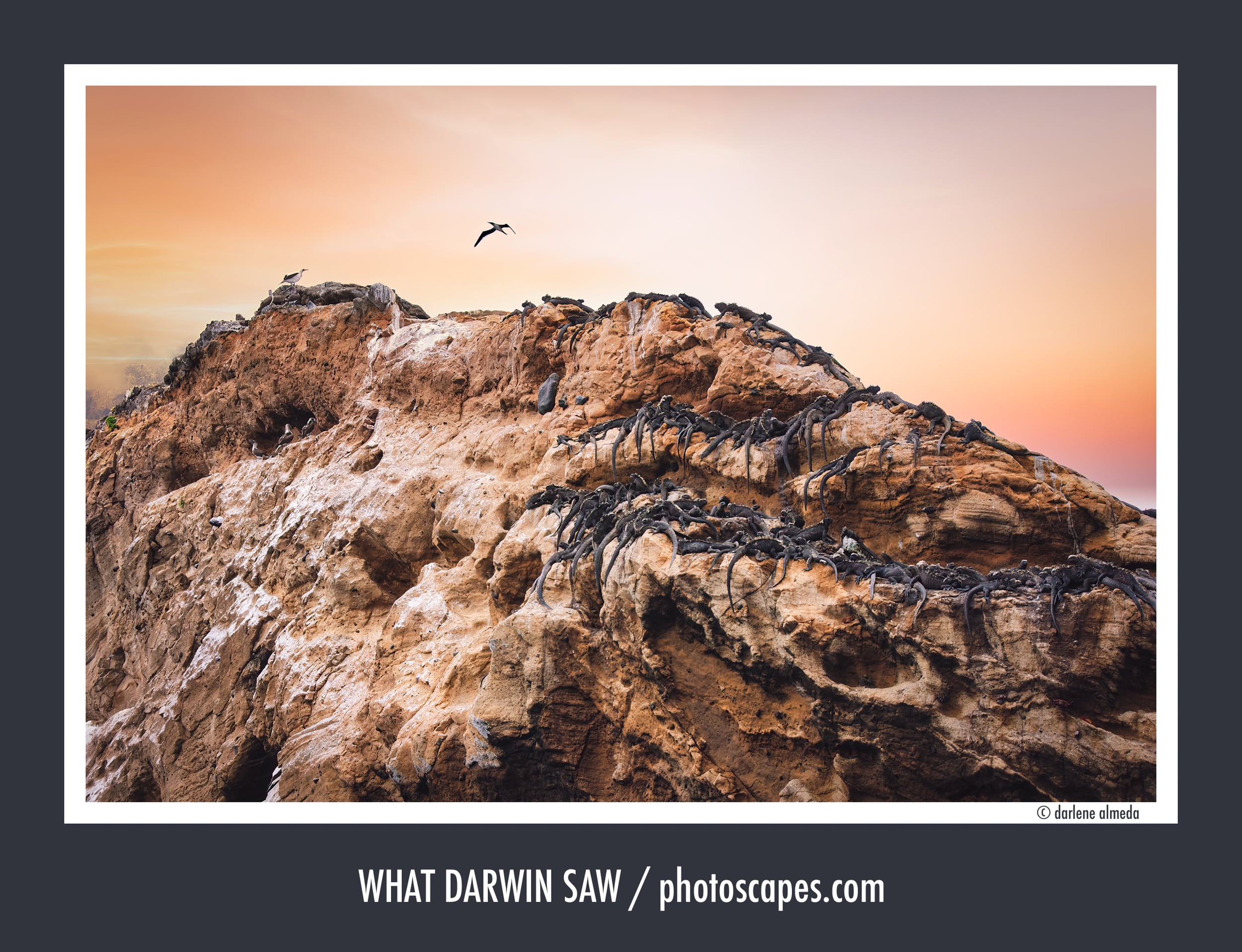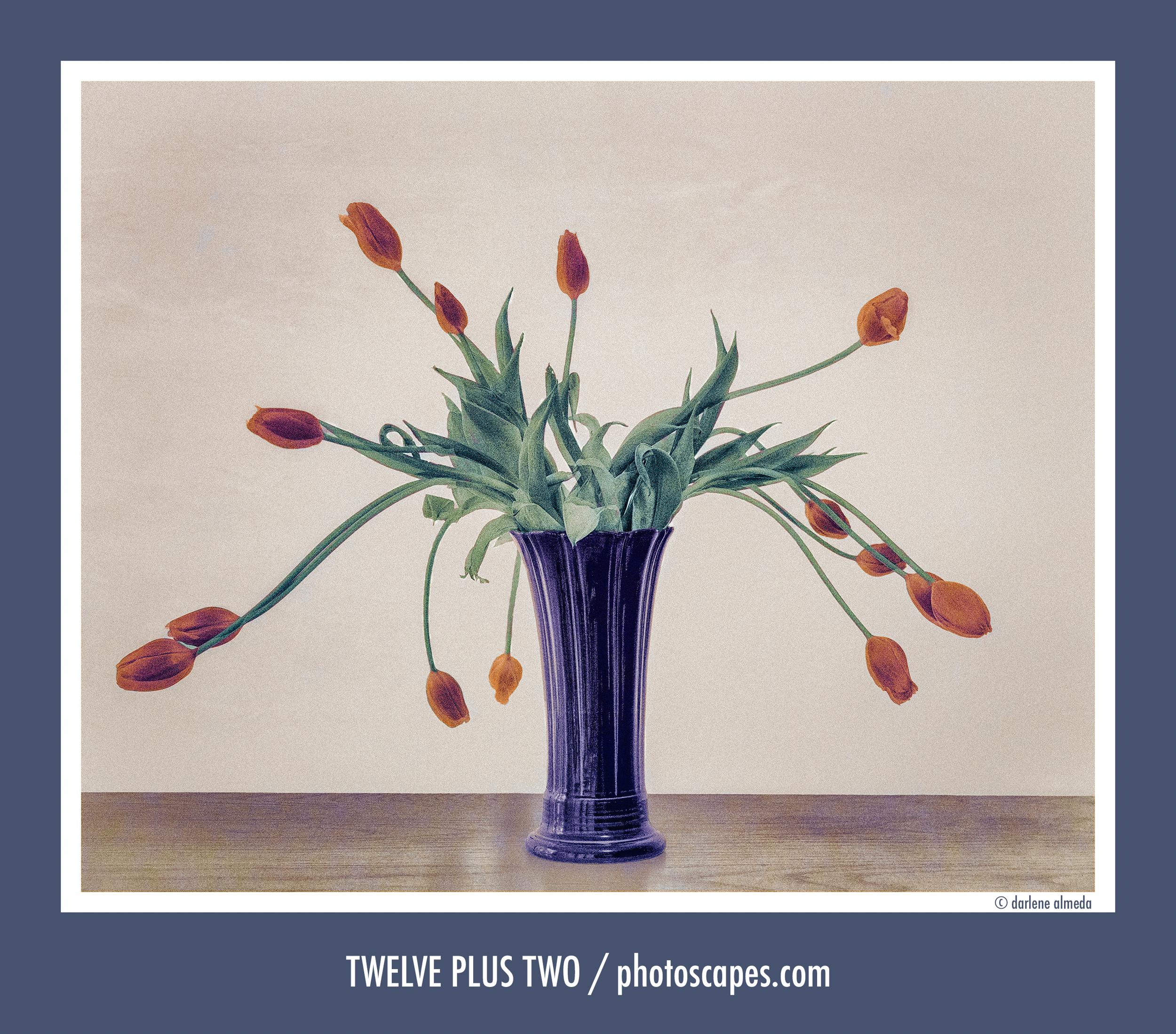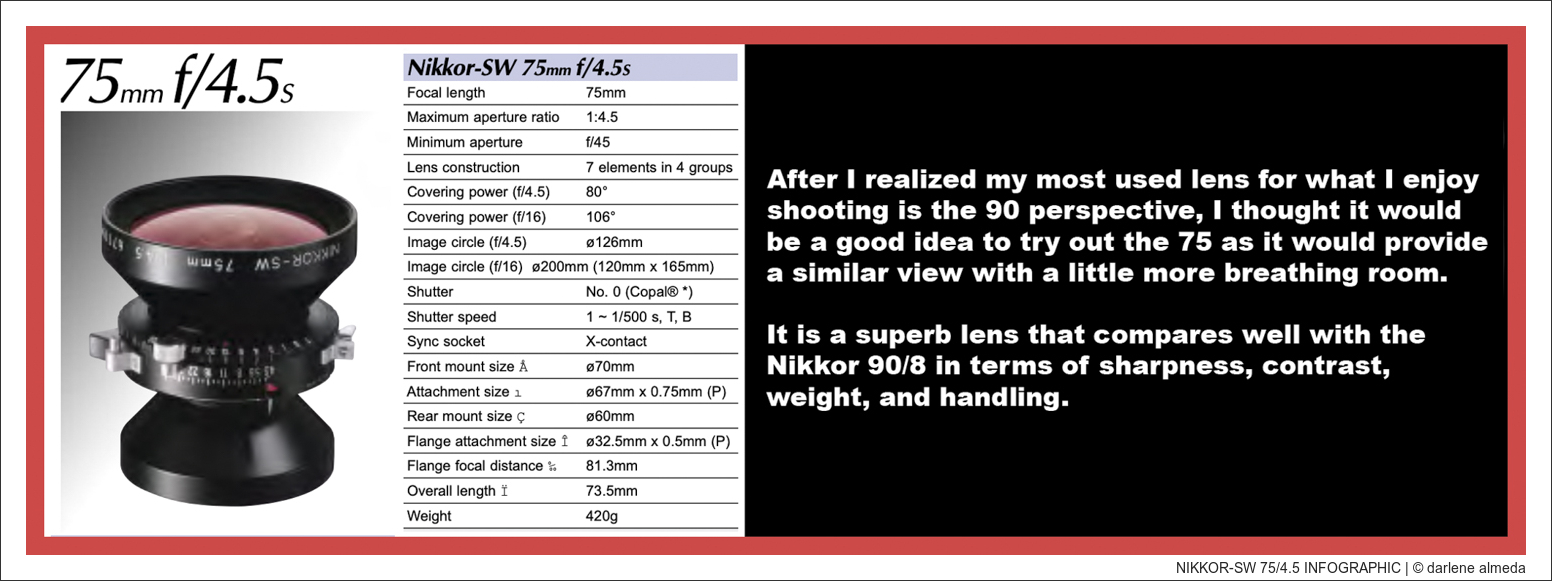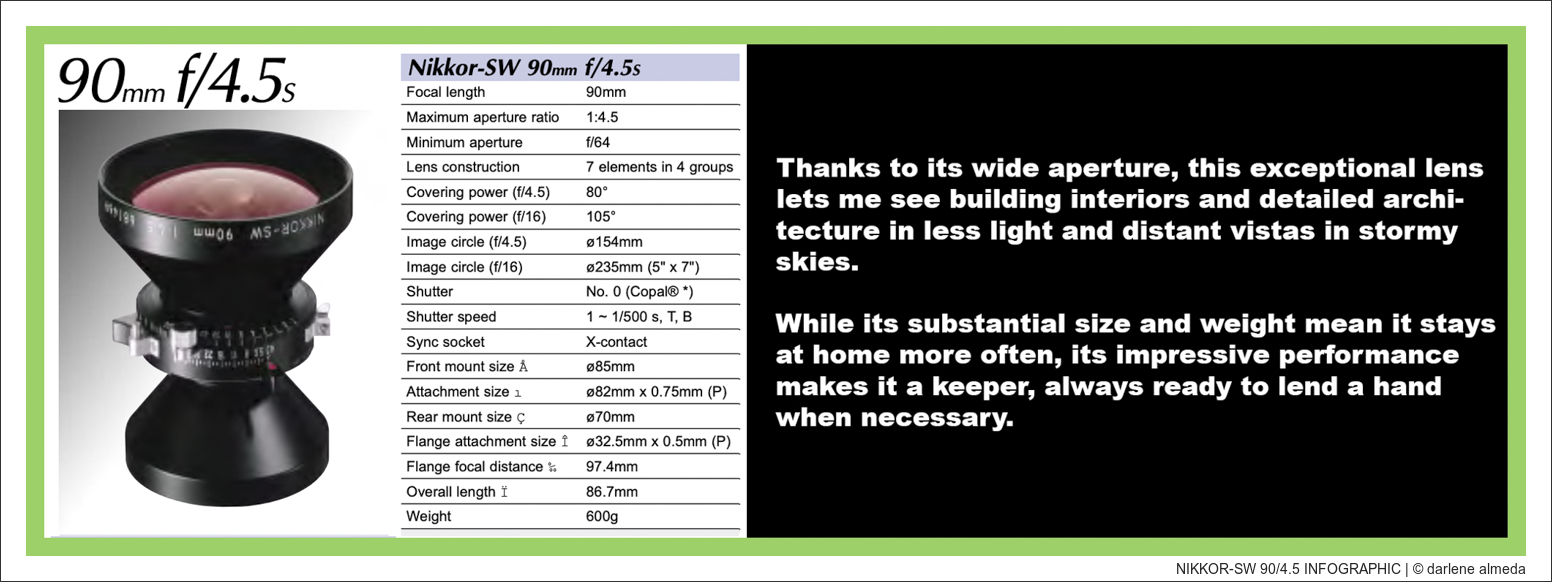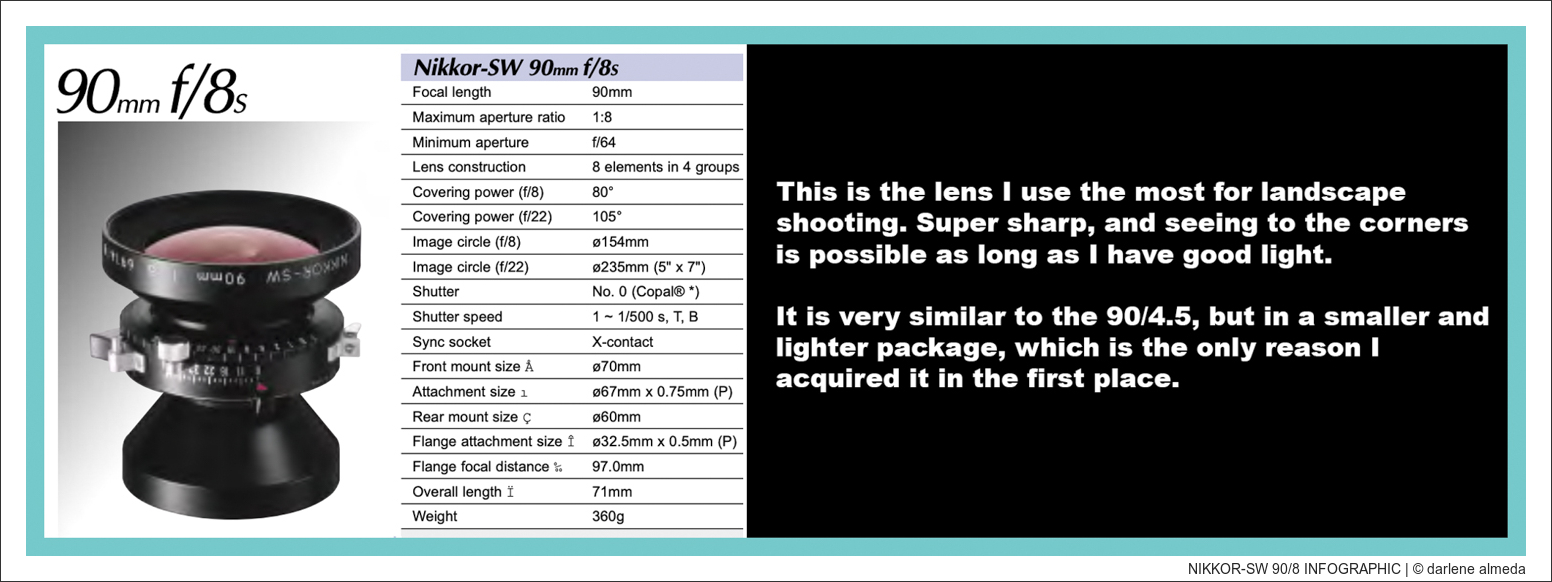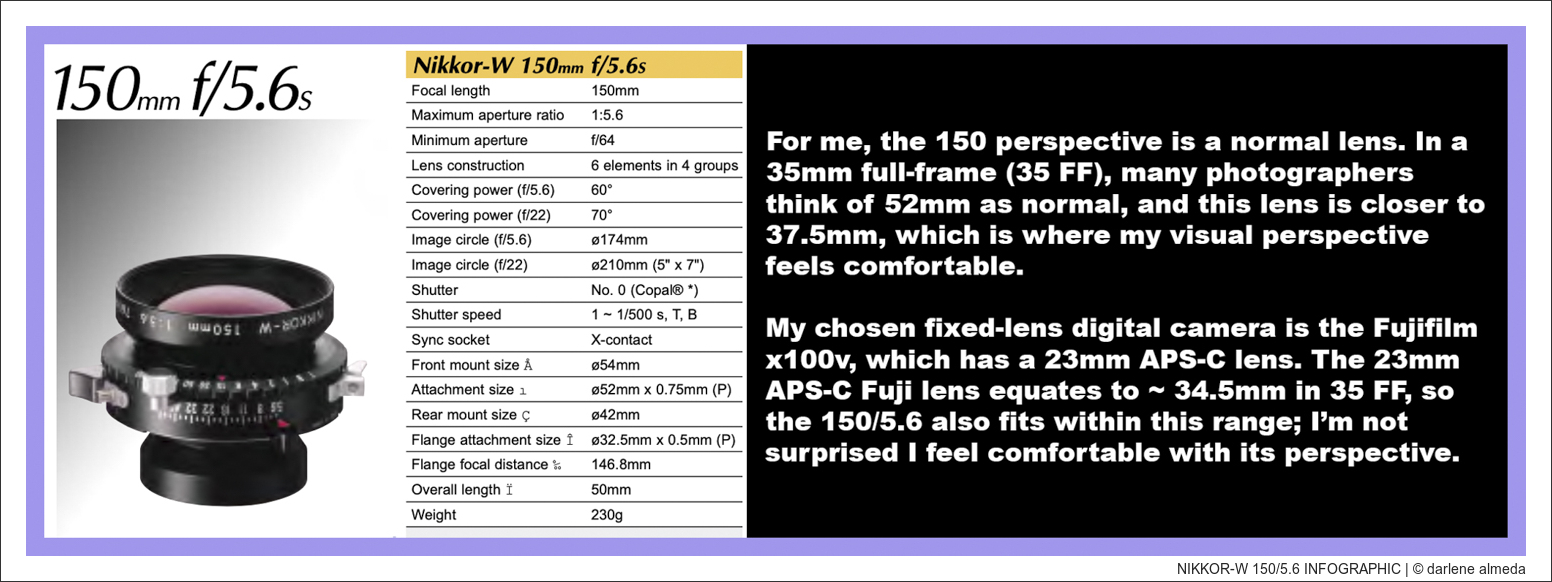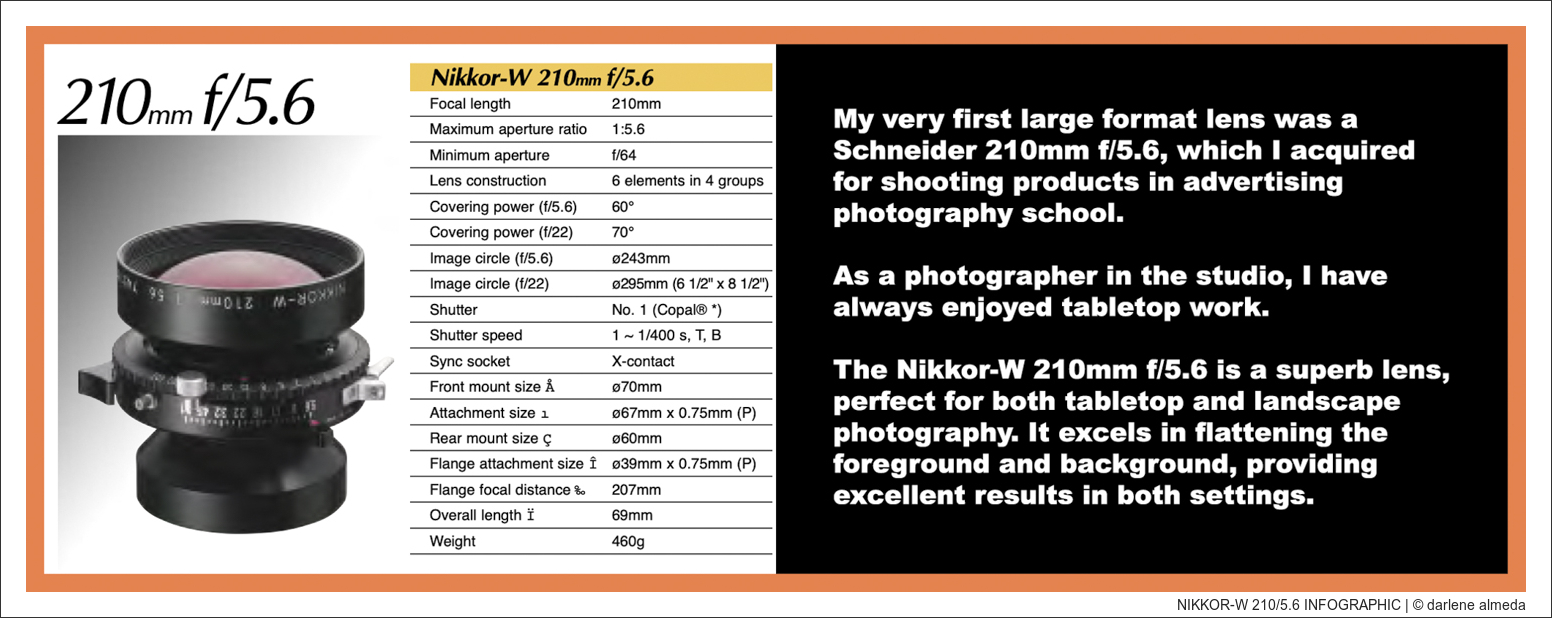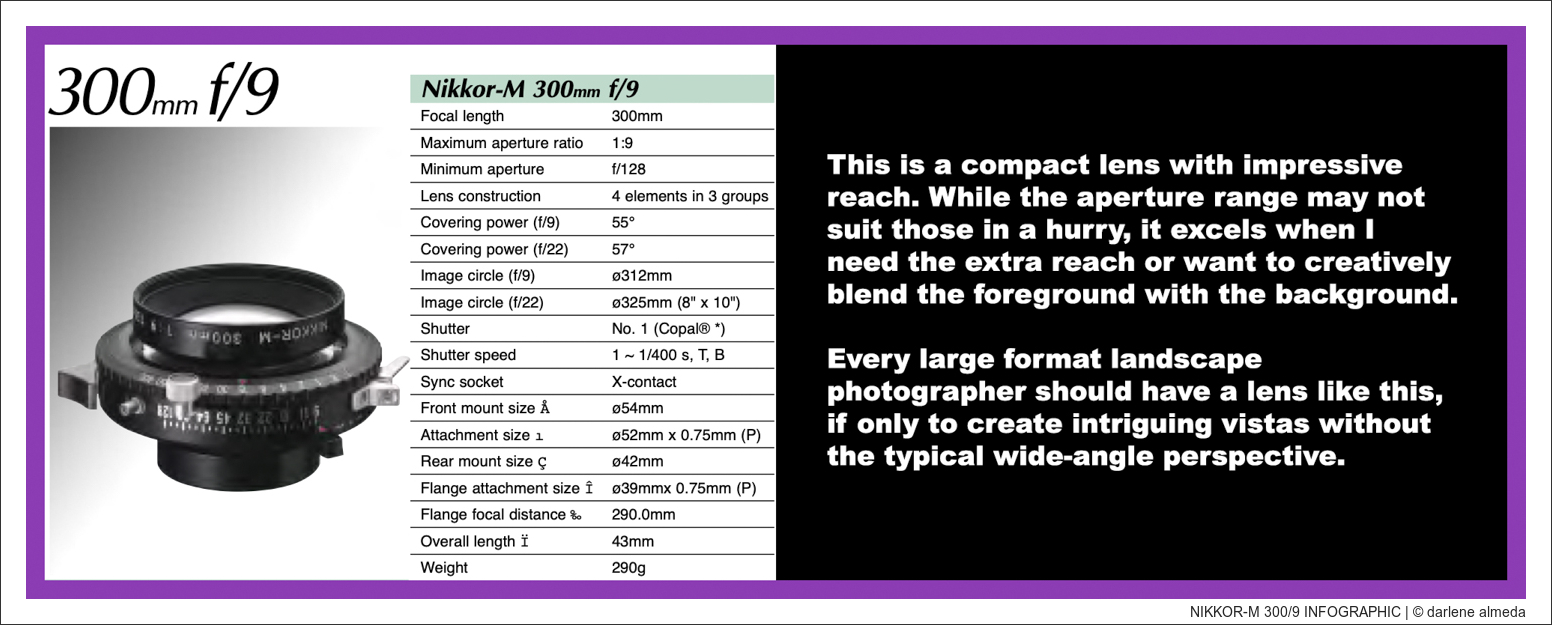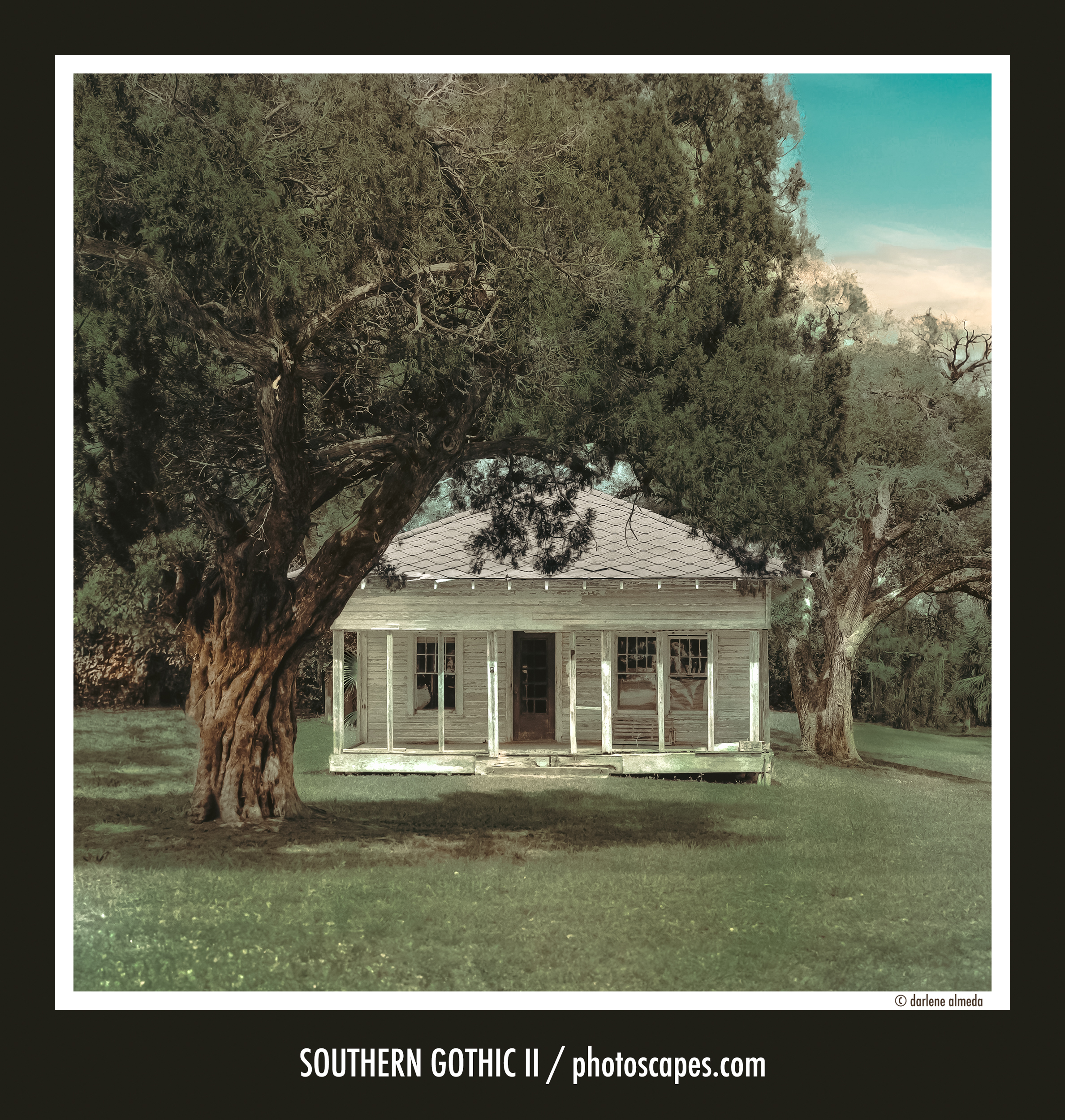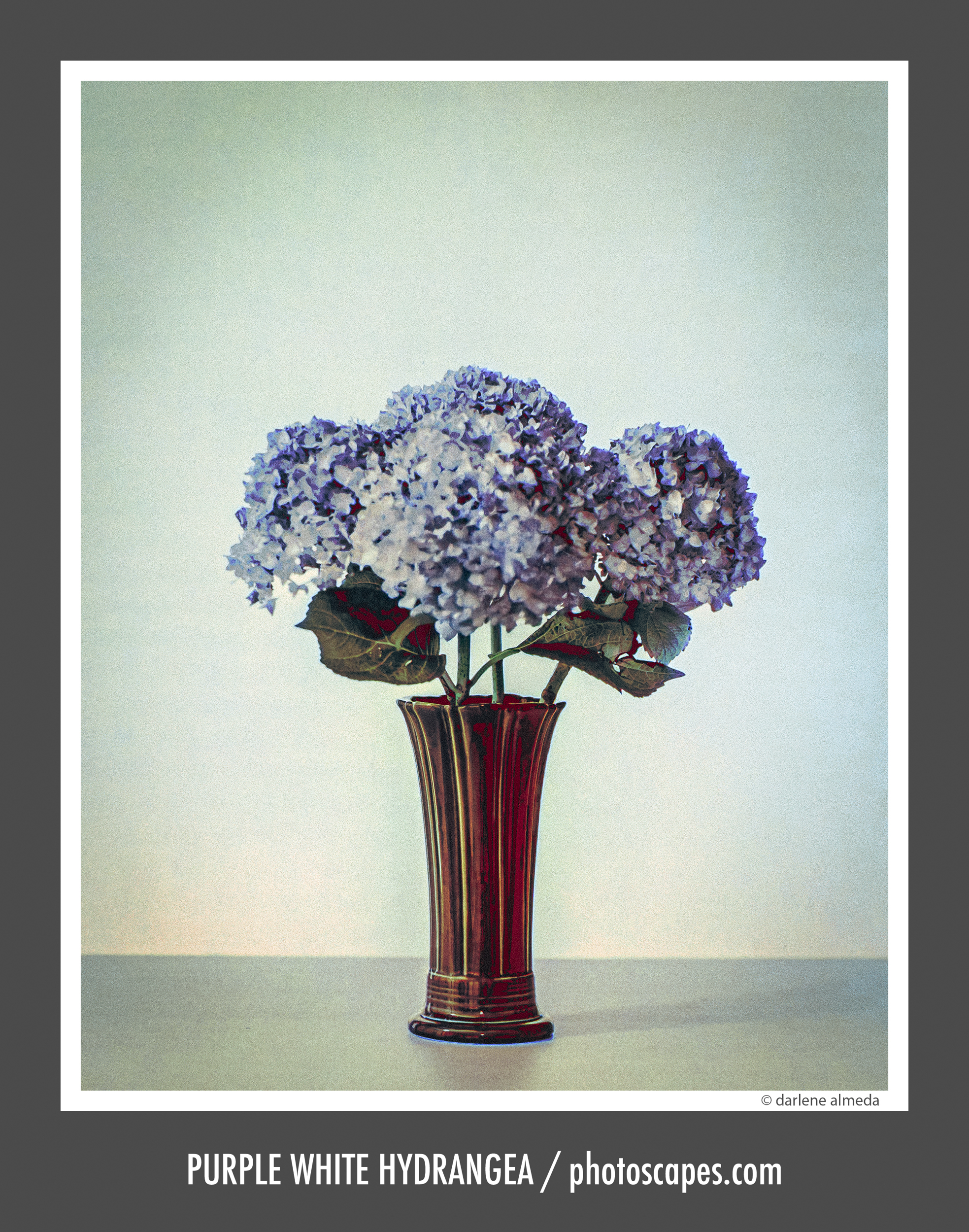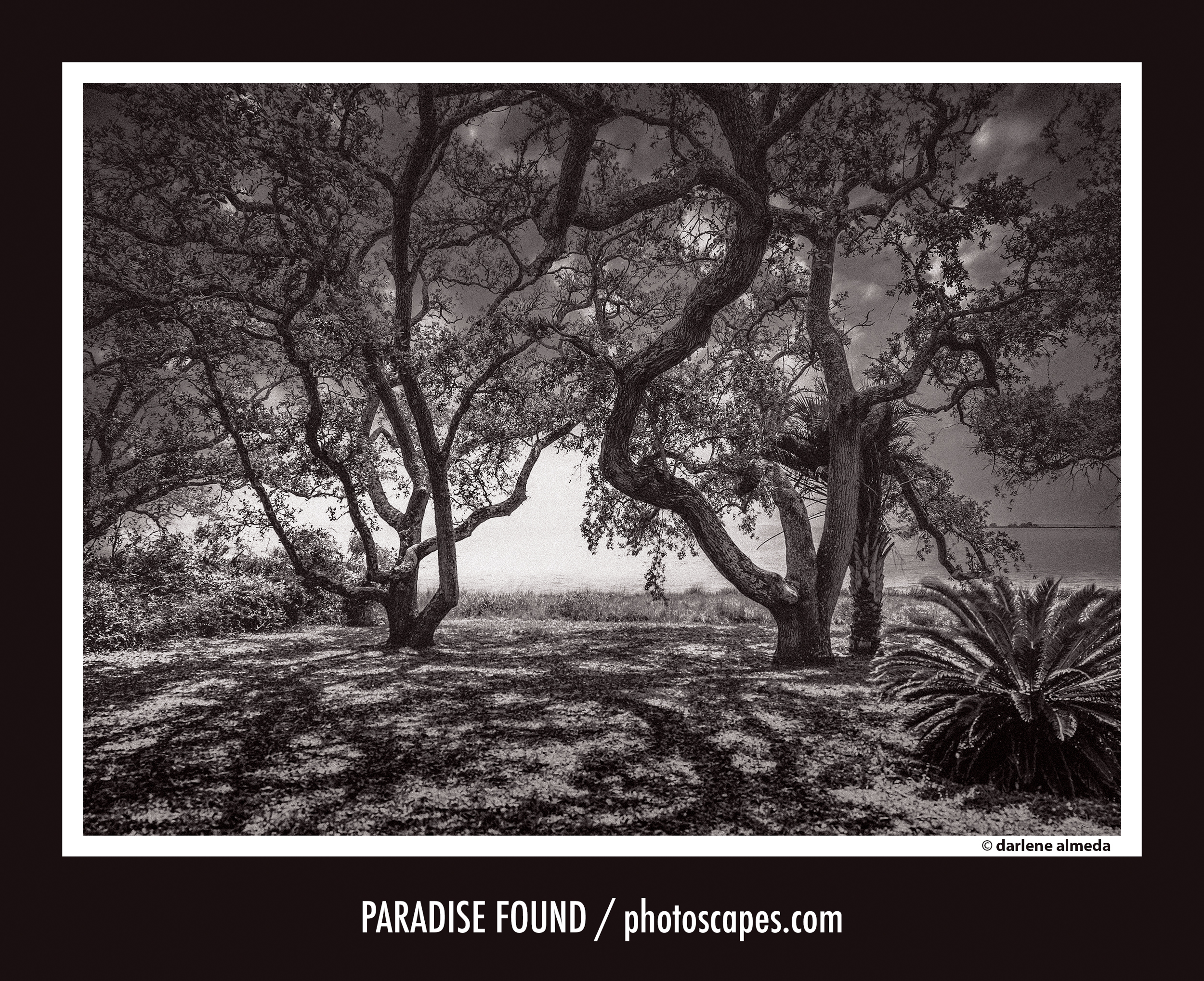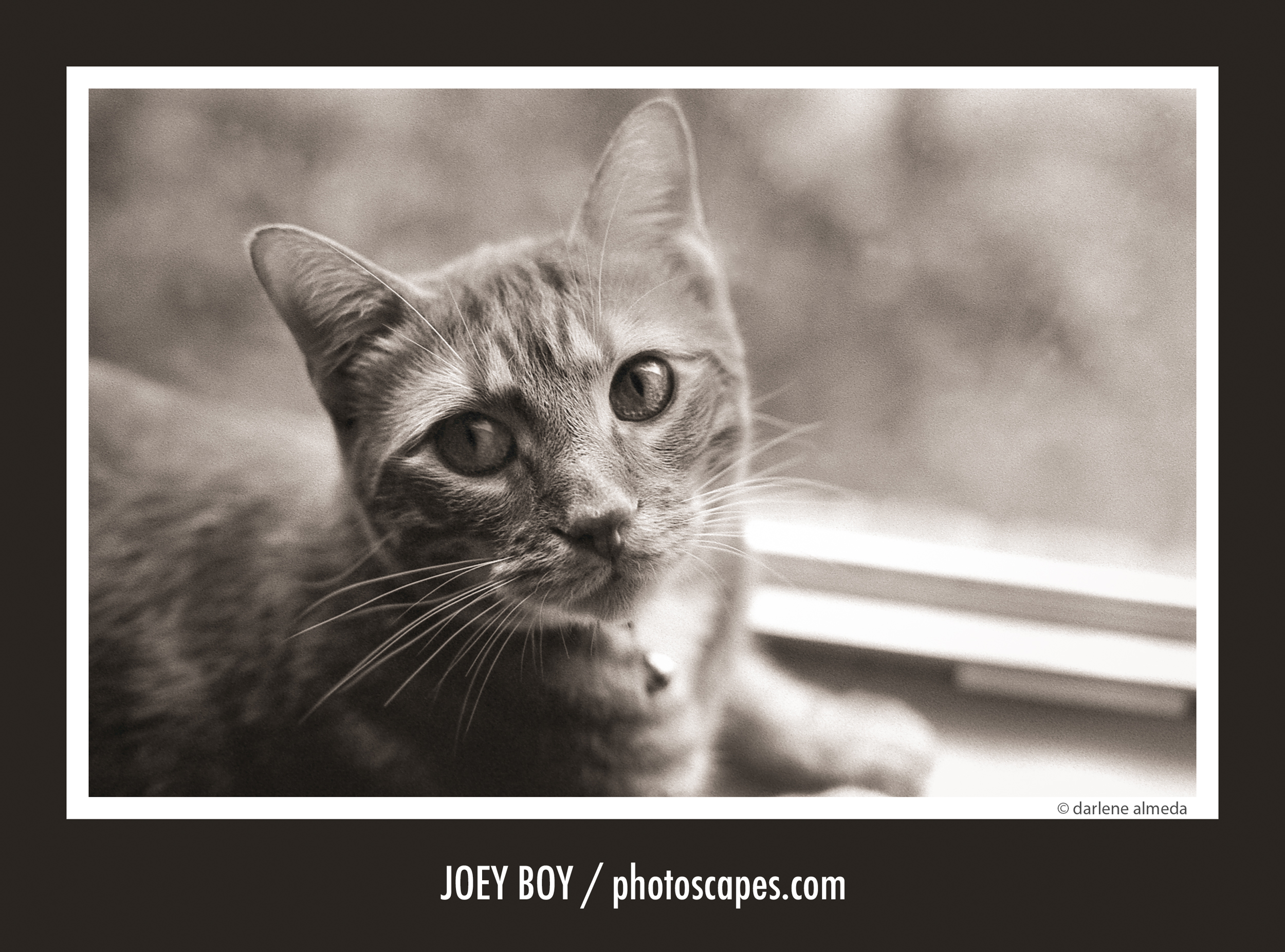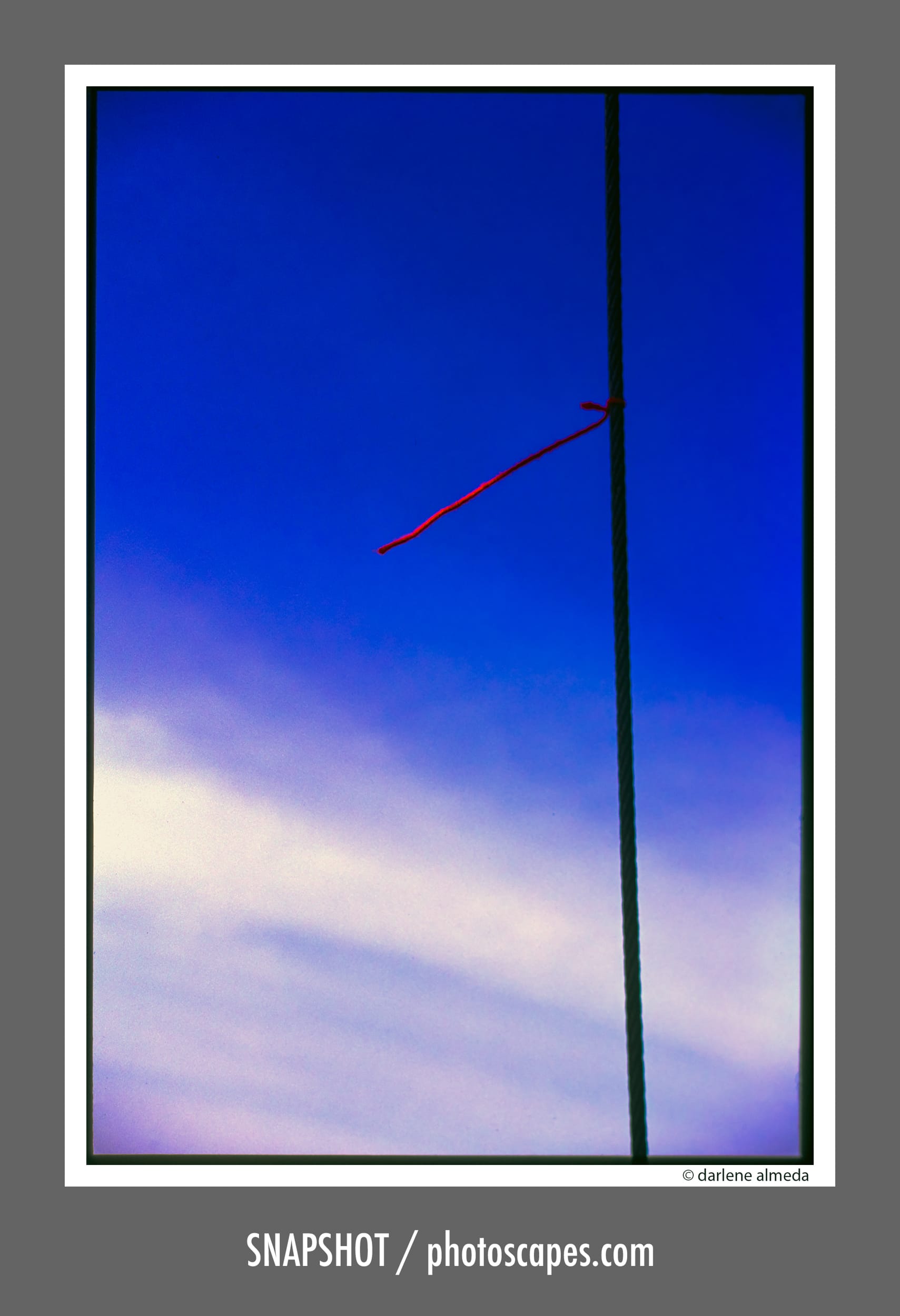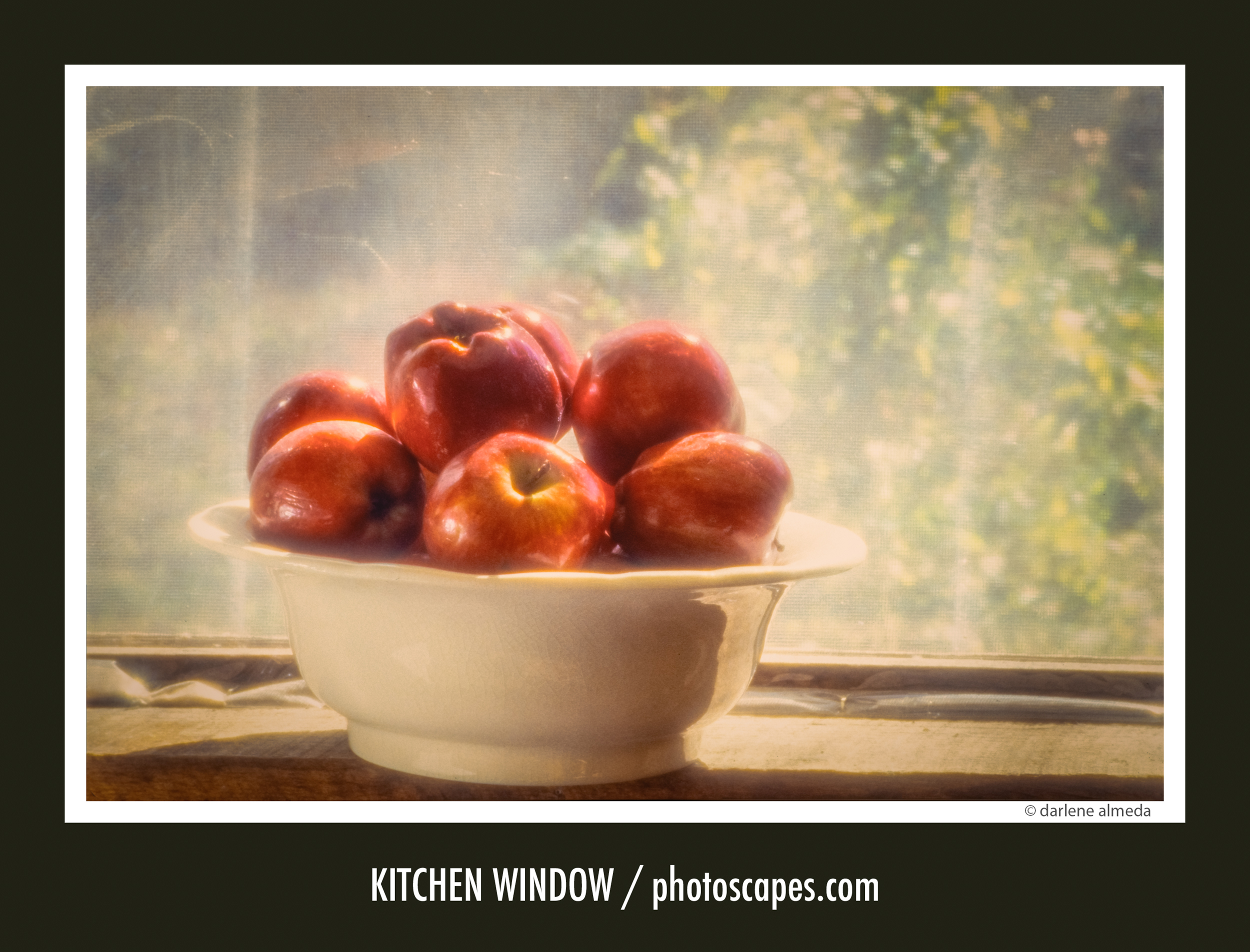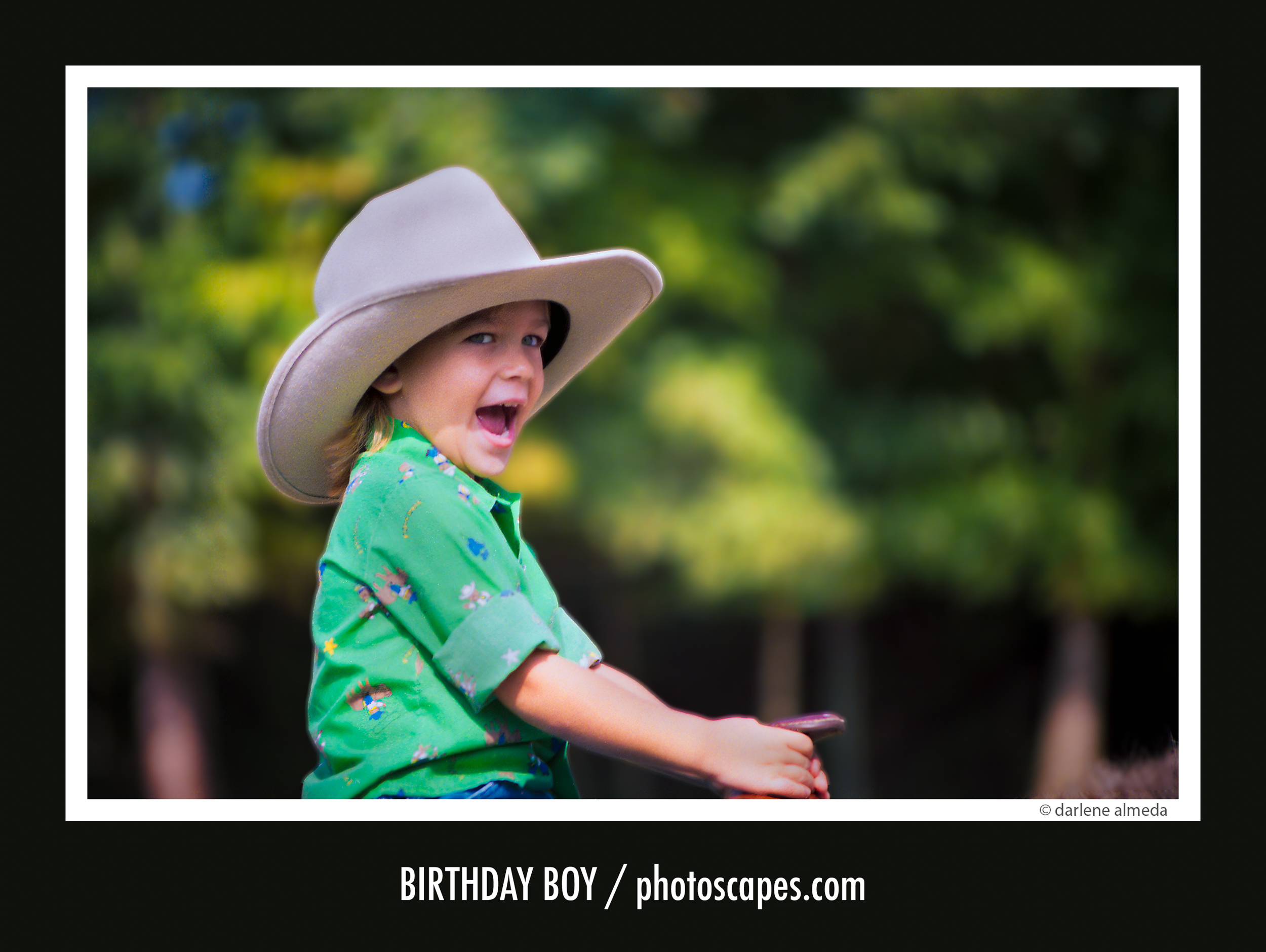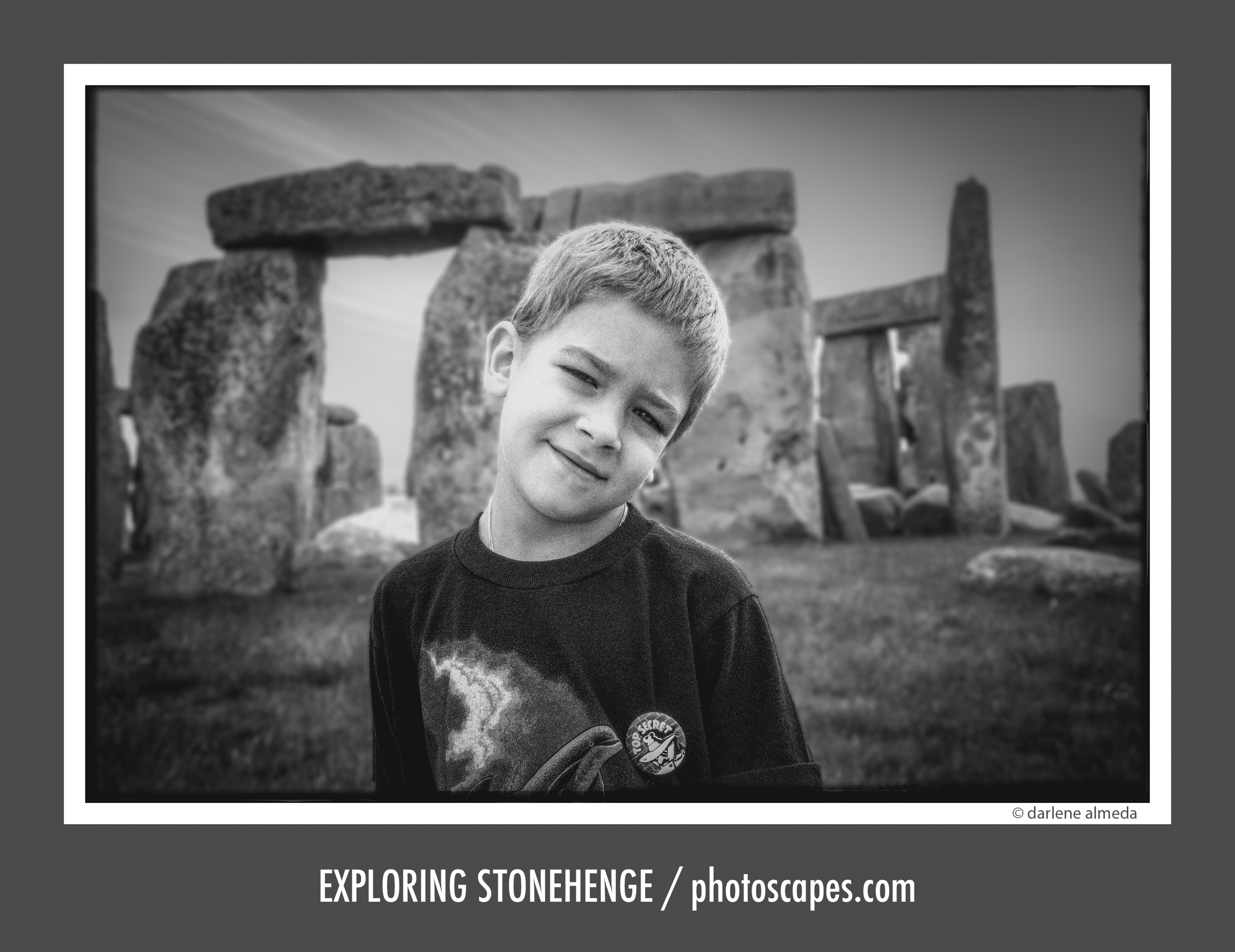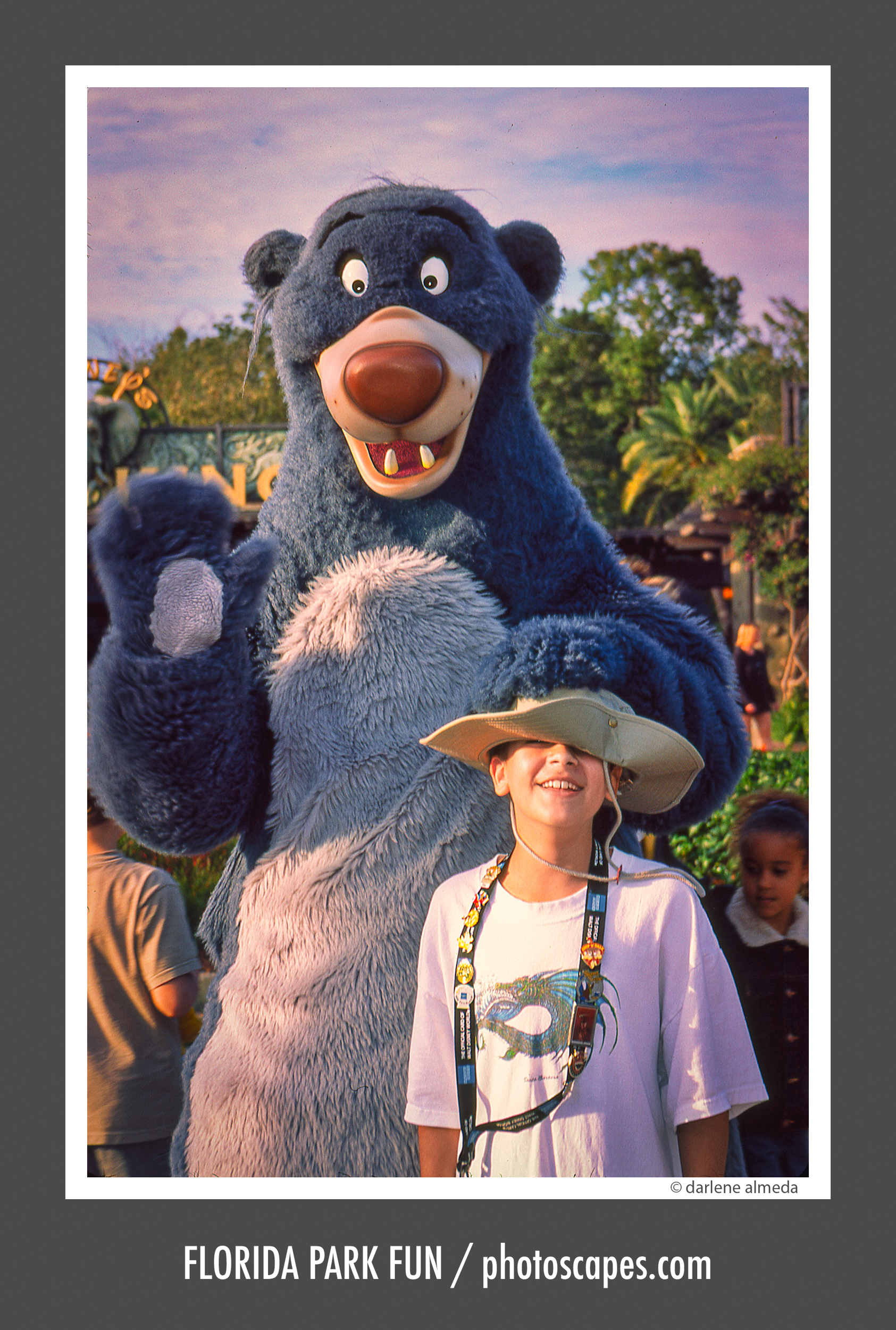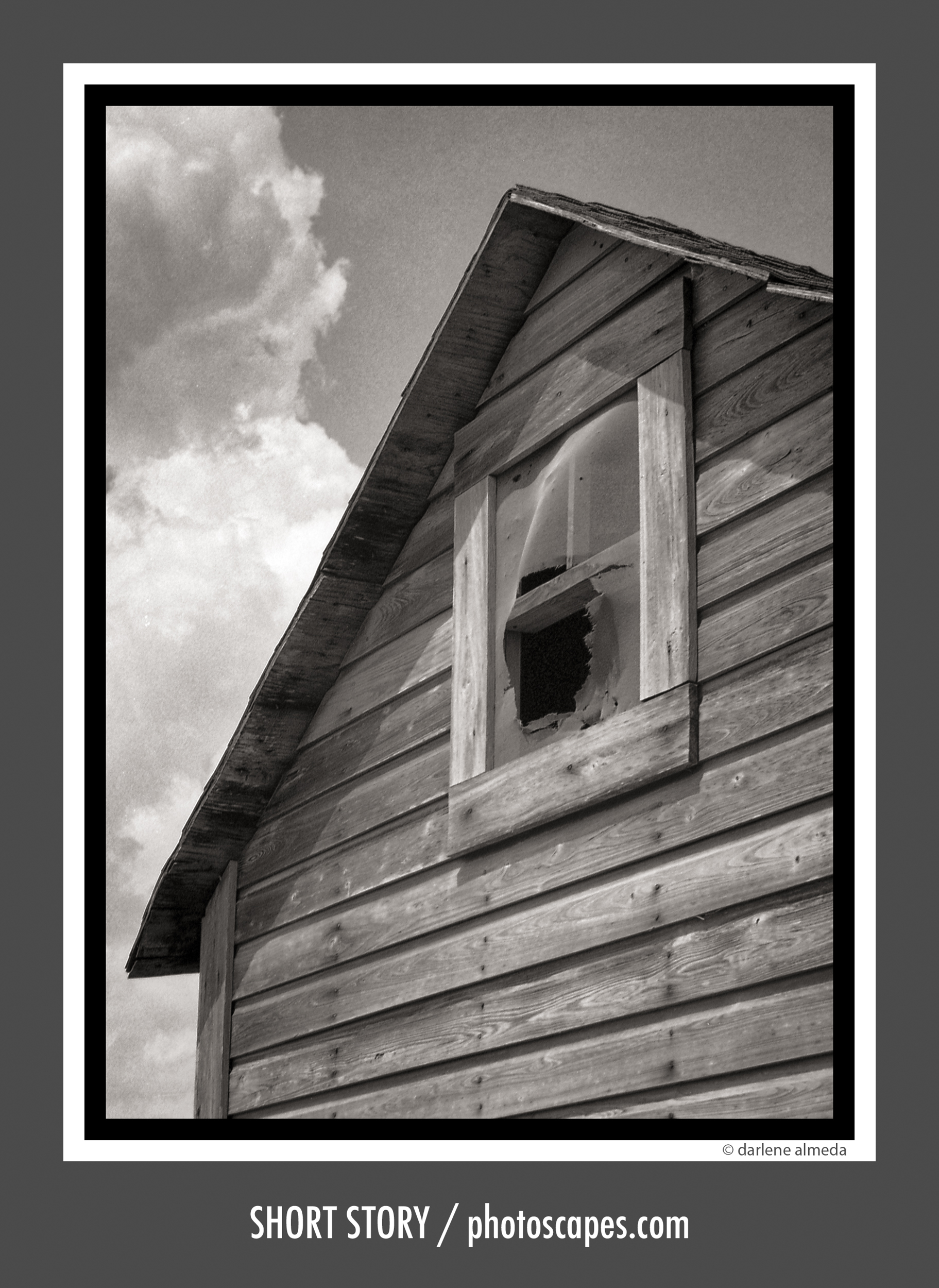
NIKON CAMERAS: 35Ti, F3HP, D200, D700 & D750
INTRO
Some cameras mark a moment in your life. For me, Nikon has marked many. From my first black F3HP in 1985 to the sleek D700, and even a pocketable 35Ti that followed my son’s childhood, these cameras weren’t just tools; they were part of the story.
Nikon and I go way back. I bought that first F3HP new from the counter at 47th Street Photo in 1985, right at the start of my commercial career. That camera felt like an extension of my hands, and for years, Nikon was my constant companion.
Eventually, the DSLR era arrived, and my first digital Nikon was the D200. My last was the beautiful D700, a camera that still makes me smile when I think about it. While teaching, I used a D750, one I personally chose for the program, though it belonged to the college, not me.
NIKON D750 + NIKKOR 24-120mm F4
For personal moments, I had my “mommy camera,” the Nikon 35Ti. Small, quick, and precise, it captured my son’s childhood in a way no bulky studio camera could. I still have an F3/T in my film kit, and every so often, I take it out for the sheer joy of it.
When I returned to large format after a stretch with medium format digital, I went with Nikon large format lenses; they deliver exactly what I need with elegance and precision. Over time, I also picked up a small collection of Nikon filters. For fellow detail enthusiasts, I’ve included a quick reference chart comparing Nikon filter types to Kodak’s. From here, we will move into a closer look at the specific cameras I’ve worked with and how each one has shaped my approach.
MY NIKON GEAR HISTORY
CAMERAS: F3HP, F3T, 35Ti, D200, D700, D750
AIS LENSES: 20, 28, 35, 50/1.2, 50/1.4, 85, 105M, 70-210
AF LENSES: 18-200/VR II, 24-120/ ED IF
NIKKOR LF LENSES: SW 75/4.5, SW 90/4.5, SW 90/8, W 150/5.6, W 210/5.6, M 300/9
NIKKOR FILTERS: 81A, 1A, L38, Y44, R59, Polarizer
Literature Available: Nikon Large Format Lenses Brochure
NIKON D700
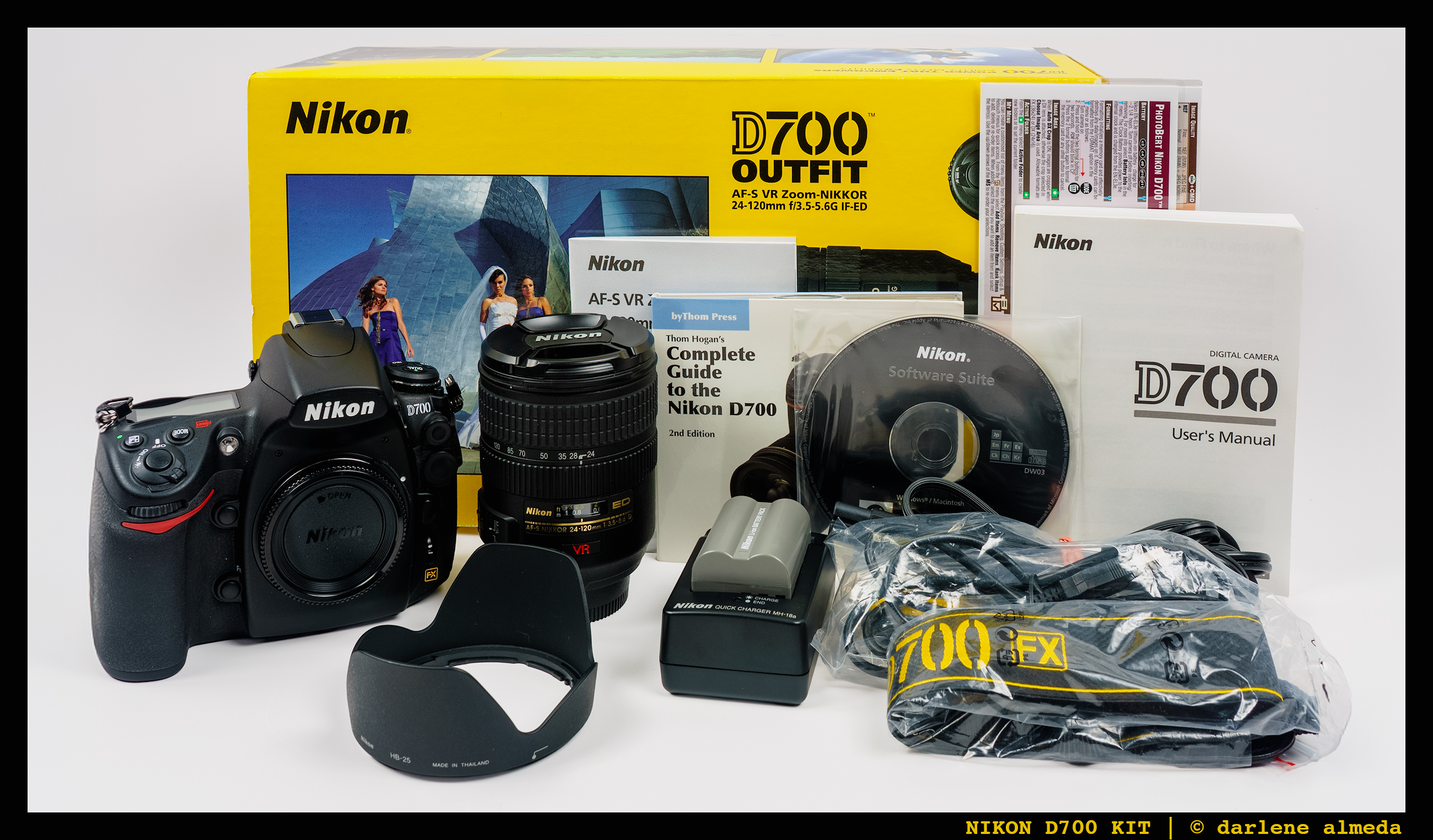
NIKON D700 KIT FOR SALE
The Nikon D700 was the kind of camera that made you feel unstoppable. Introduced in 2008, it brought full-frame capability into a body that felt familiar, balanced, and built for real work. After the D200, the D700’s jump in low-light performance was jaw-dropping; suddenly, ISO 3200 was not only usable, it was beautiful. The files were clean, the dynamic range forgiving, and the color rendering felt natural yet rich.
Its 12.1-megapixel sensor might sound modest today, but back then it was more than enough for commercial work, and the files had a depth that kept me coming back. The D700 handled like a true Nikon: intuitive controls, rock-solid build, and that reassuring shutter sound that made every frame feel deliberate.
NIKON D700 + NIKKOR 24-120/ ED IF
For me, the D700 wasn’t just another camera; it was the DSLR that made me believe digital could finally stand shoulder to shoulder with the film systems I had trusted for decades.
NIKON D700 IMAGES
NIKON D200
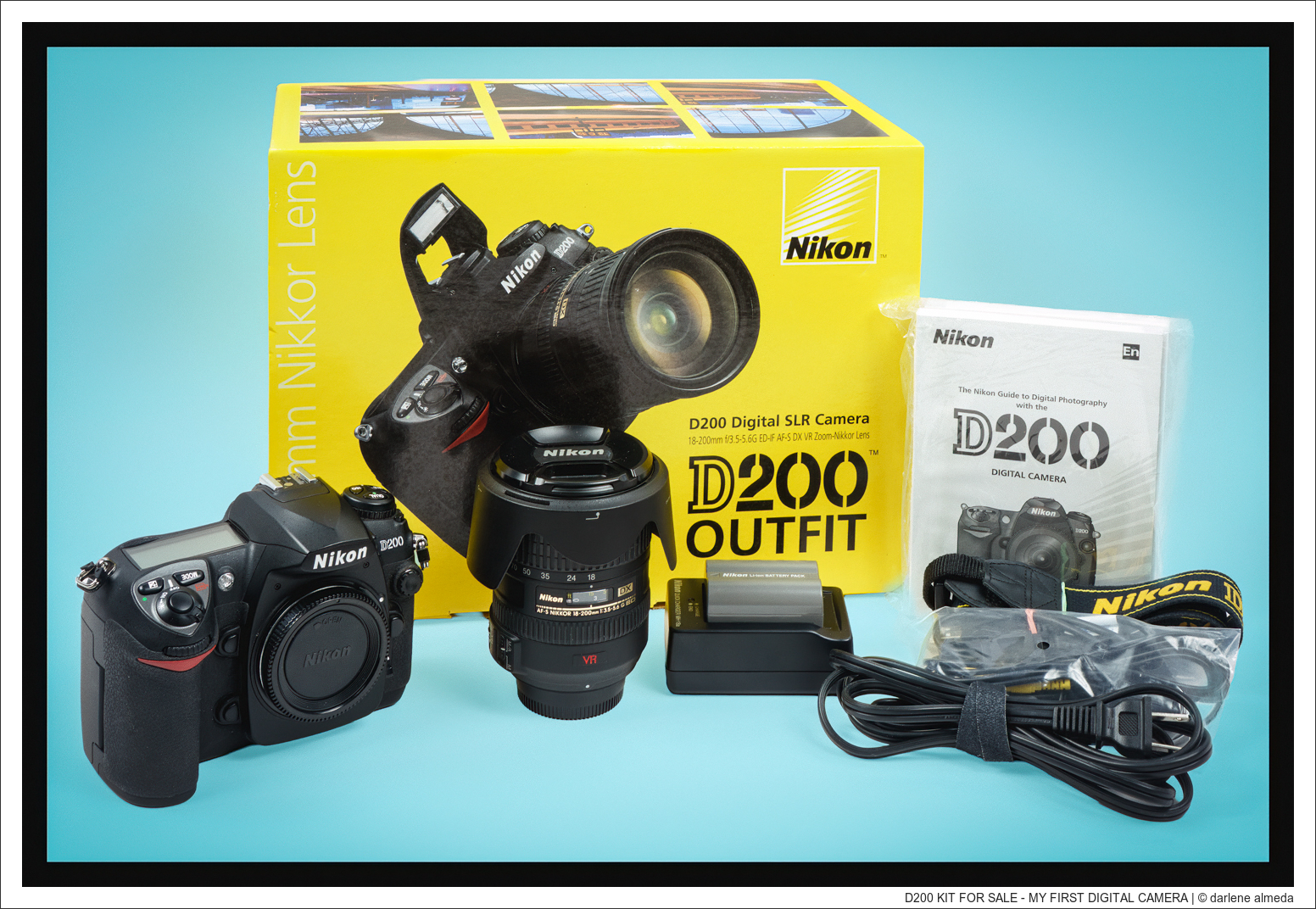
D200 KIT FOR SALE IMAGE – MY FIRST DIGITAL CAMERA
The Nikon D200 was my first step into digital photography, and in 2007, it felt like taking a step into the future. It had the solid, reassuring build of a classic Nikon film body, but with a 10.2-megapixel CCD sensor that opened up a whole new way of working. Colors were rich, files had a certain crispness, and the controls felt like home to someone who’d spent years with Nikon SLRs.
Nikon 18–200mm VR: A Lens of Convenience and Compromise
The kit lens that came with my Nikon D200 was the Nikon 18–200mm f/3.5–5.6 VR — the all-in-one zoom that promised to do it all. At the time, it seemed like the perfect travel companion: compact, versatile, and ready for anything. And for a while, it was.
That lens and I shared our first real adventure in the Galápagos Islands — a trip that quickly taught me both its strengths and its shortcomings. It was the only lens I owned at the time, so it saw everything: bright equatorial light, shifting shadows, ocean spray, and quick-moving wildlife. It performed well enough in most situations, and its zoom range was liberating when I needed to travel light. But like many superzooms, its weaknesses showed when pushed to the extremes.
At the widest end, distortion crept in. At full telephoto, sharpness dropped, and contrast fell flat, especially toward the edges. My particular copy was a bit of a dog at those limits — not unusable, but never truly crisp. Still, it served a purpose. The 18–200mm taught me that sometimes the best tool is the one you have with you, and convenience often outweighs perfection when capturing fleeting moments in unfamiliar places.
Where the lens shined was in its practicality. The Vibration Reduction (VR) helped immensely for handheld shots, especially aboard boats or during long hikes when tripods weren’t an option. Autofocus was decent for its era, and the overall handling paired nicely with the D200’s balance. It wasn’t a lens for pixel-peeping, but for quick, on-the-go work — it delivered.
If you’re looking for absolute optical precision, this isn’t the lens for you. But if you’re traveling light, value flexibility, and understand its limitations, the Nikon 18–200mm VR can be a trustworthy companion. For me, it marked the start of a new photographic chapter — learning to adapt, to make the best of what’s in your hands, and to recognize that sometimes convenience carries its own kind of freedom.
NIKON D200 + NIKON AF-S 18-200mm VR
Sure, it had its limits: pushing the ISO past 800 revealed noise creeping in, and the buffer filled up faster than I would have liked, but I didn’t care. The D200 gave me the freedom to experiment without the cost of film, to see my results instantly, and to blend my film-trained instincts with a brand-new tool. For me, it wasn’t just my first digital camera; it was the bridge between two eras of my career.
NIKON D200 IMAGES
NIKON LARGE FORMAT LENSES
NIKON LARGE FORMAT KIT LENSES: SW 90/4.5 S + W 150/5.6 S + M 300/9
After medium format digital showed up, I sold off my 4×5 field camera kit to help finance new gear. After a few years, I regretted selling the 4×5 equipment and wanted to build a new kit when possible.
In the past, I primarily shot with German lenses, Schneider and Rodenstock, but now we were in new territory as the manufacturing of Copal shutters had ceased. After a bit of research, I realized some of my favorite 4×5 landscape photographers were happy with Nikkor large-format lenses, so I decided to give them a try, and I’m glad I did.
My ‘holy grail trifecta’ when shooting landscape and travel photography with my Ebony RSW is the Nikkor SW 75/4.5 S, Nikkor SW 90/4.5 S, and W 150/5.6 S. The Nikkor M 300/9 is set aside for when I travel with my Linhof MT or Ebony RW and a few lenses. I also use a Nikkor W 210/5.6 on my Sinar in the studio for product shooting.
LINHOF 3000 + NIKKOR W 150/5.6 + HP5 Plus
After years of shooting a Rodenstock Grandagon 90/4.5 with an Ebony 4×5, I knew I wanted to stay with f/4.5 with the Nikkor SW 90 because I did not want to deal with focusing issues. I eventually replaced the Fujinon SW 90/8 on my Fotoman 6×17 with the Nikkor SW 90/4.5 and could not be happier.
The W 150/5.6 S is small enough to stay on my Linhof MT when closed, which is convenient. The M 300/9 replaced my Docter 240/9 because I wanted the 90-150-300 range, and I am glad to have it in my kit.
Even though Sony replaced Nikon for my digital full-frame needs, I am delighted it is my lens maker of choice for shooting 4×5″ and 6×17 these days.
IMAGES MADE WITH NIKON 4×5 LENSES
NIKON F3HP/F3T
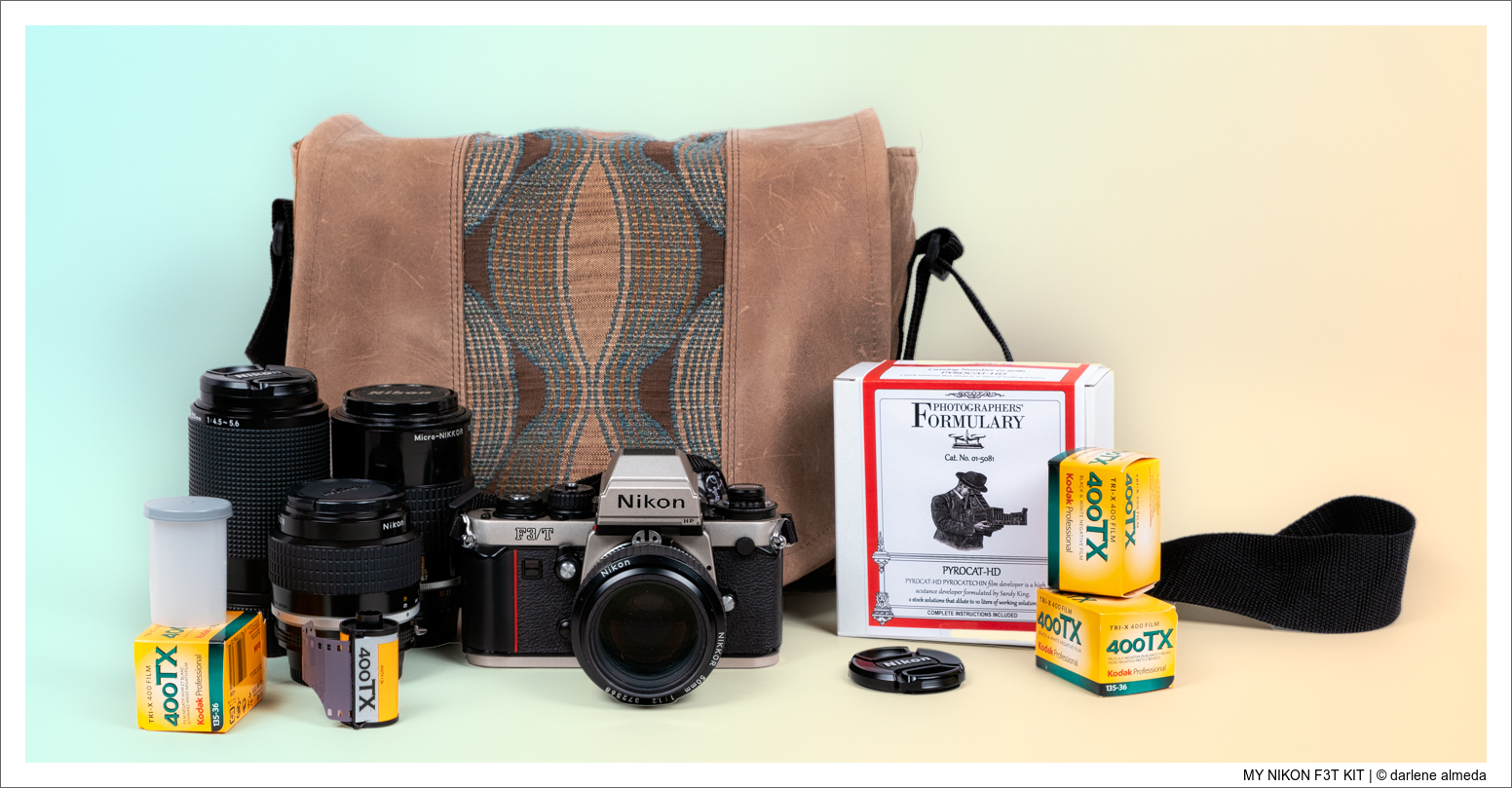
NIKON F3/T KIT + PORTEEN CUSTOM BAG
The Nikon F3HP was my first serious Nikon, and the camera that launched my commercial career. Introduced in 1980 and designed by Giorgetto Giugiaro, it had a sleek, purposeful look that felt every bit as professional as it performed. The “HP” stood for High Eyepoint, meaning you can see the entire viewfinder image even with glasses, a small but meaningful comfort for long shooting days.
Built like a brick and powered by a silky-smooth shutter, the F3HP had that perfect balance between mechanical reliability and modern electronics. Its center-weighted metering was consistent and predictable, and with the bright interchangeable viewfinder, it felt like a camera that would do exactly what I asked, no more, no less.
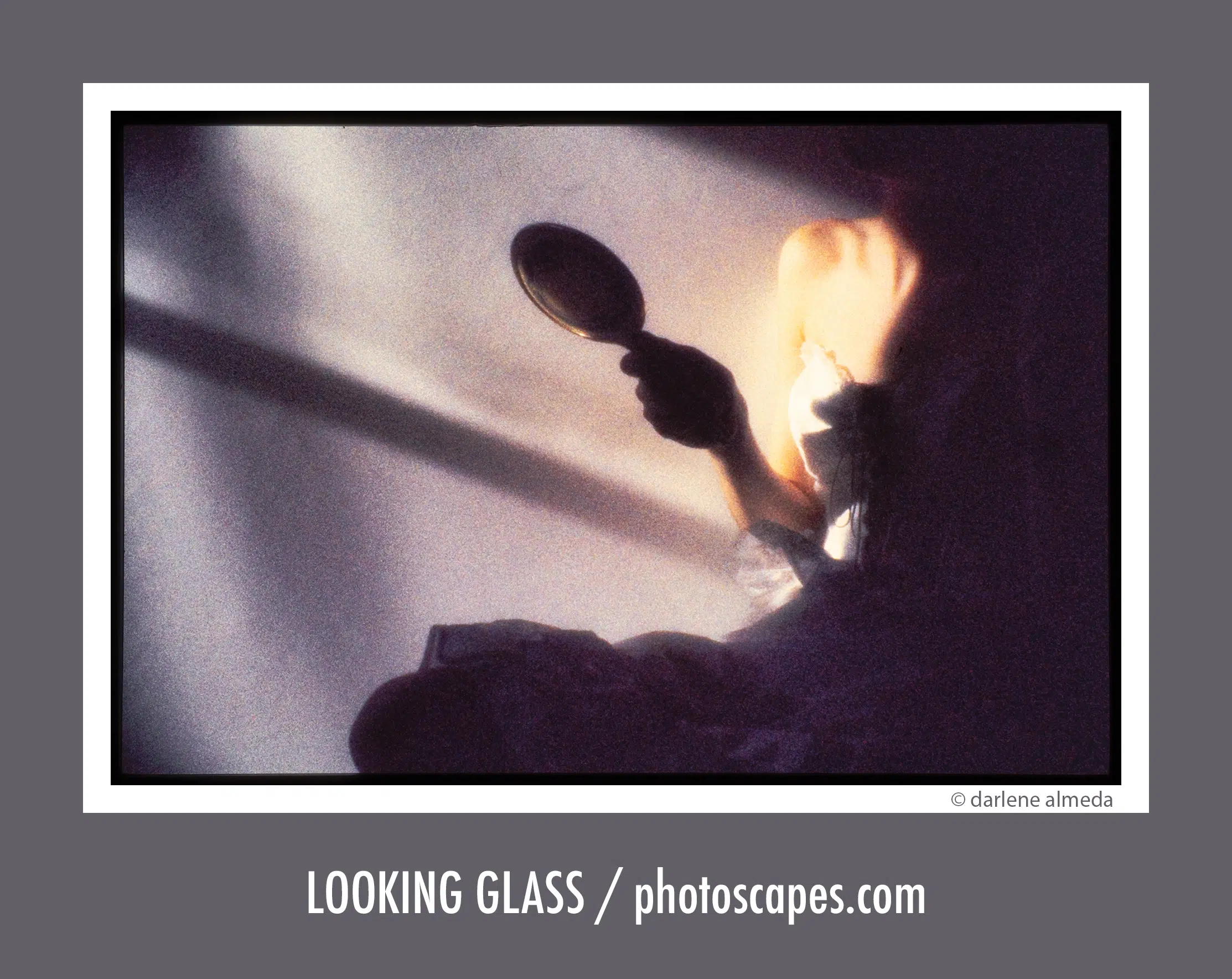
NIKON F3 + Scotch Chrome 1000 @ ASA 4000
I bought my first F3HP new at 47th Street Photo in 1985, and from the first assignment to the last roll of film I ran through it, it never let me down. Over my film career, I’ve had more than a few Nikon F3 bodies, each as dependable as the last. For the past decade or so, one of my favorites has been the beautiful champagne F3/T pictured above, a camera that manages to look elegant while being as tough as ever.
For me, the F3 series wasn’t just a tool; it was a badge of arrival. Even today, picking one up is like shaking hands with an old friend.
NIKON F3 IMAGES
NIKON 35Ti
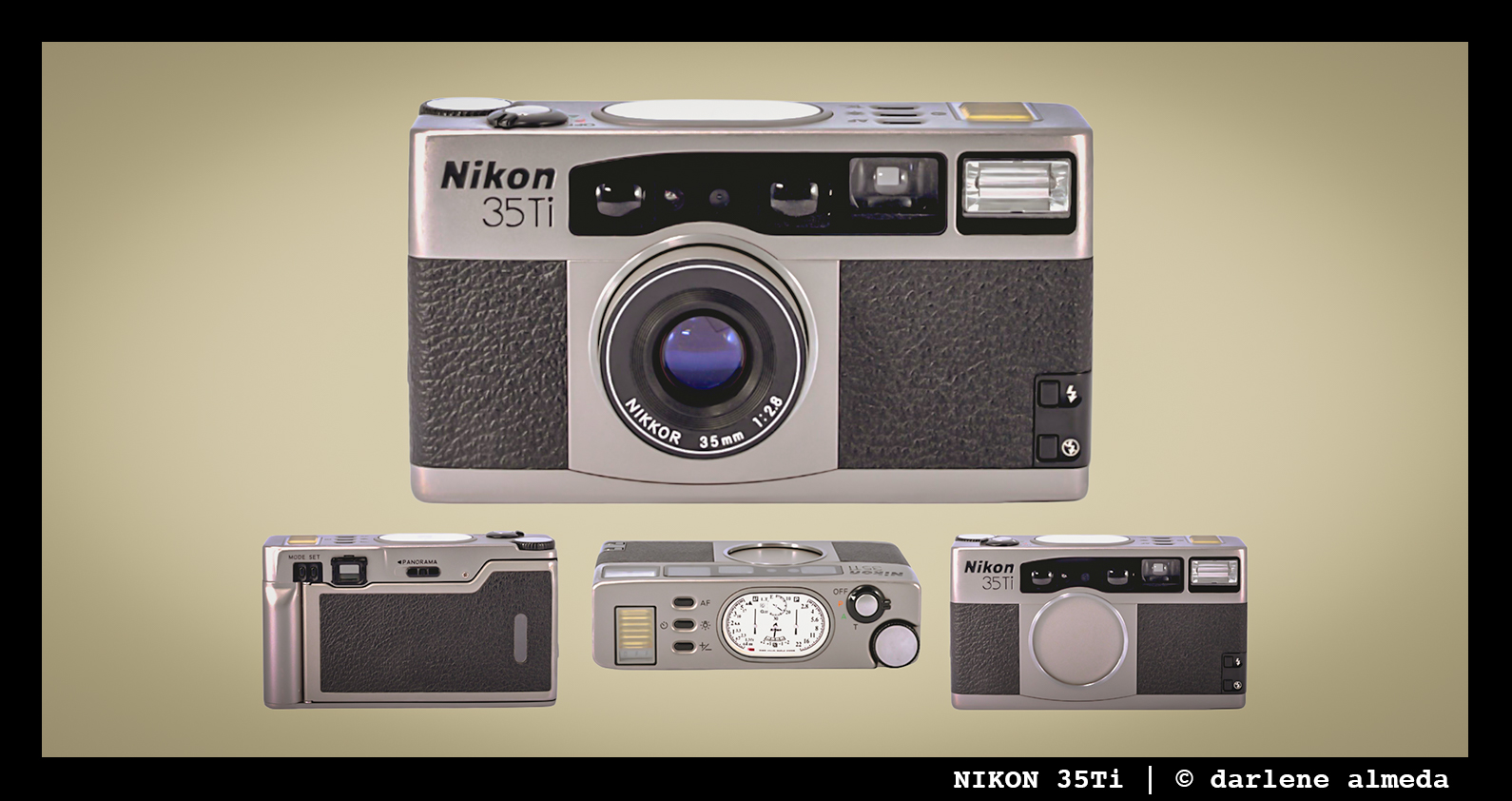
NIKON 35 Ti
The Nikon 35Ti was my “mommy camera,” the one that never felt like work. Compact, beautifully built, and topped with that iconic analog dial on the top plate, it was as much a design statement as it was a photographic tool. Inside, the 35mm f/2.8 Nikkor lens was sharp, quick to focus, and rendered with a warmth and clarity that made every frame feel special.
It was the camera I trusted to capture my son’s childhood: small enough to slip into a pocket book, fast enough to grab fleeting moments, and precise enough to make me confident I got the shot. In an era when I was juggling studio assignments and commercial deadlines, the 35Ti gave me a way to switch off “work mode” and just enjoy photography for myself and family.
NIKON 35Ti + FUJIFILM SUPERIA
Looking back, those images are priceless. The Nikon 35Ti wasn’t just a camera; it was a quiet companion through some of the most critical years of my life.

